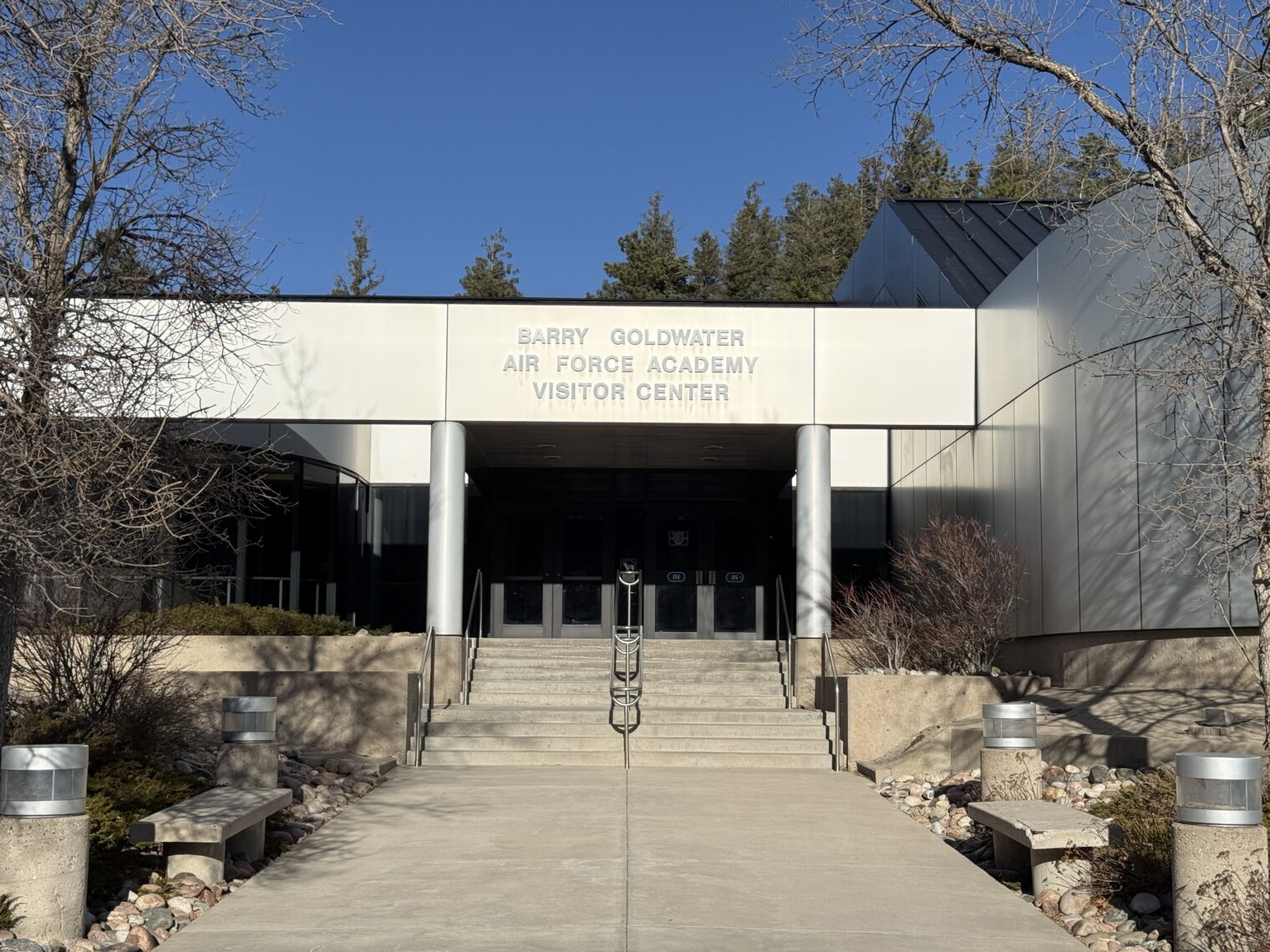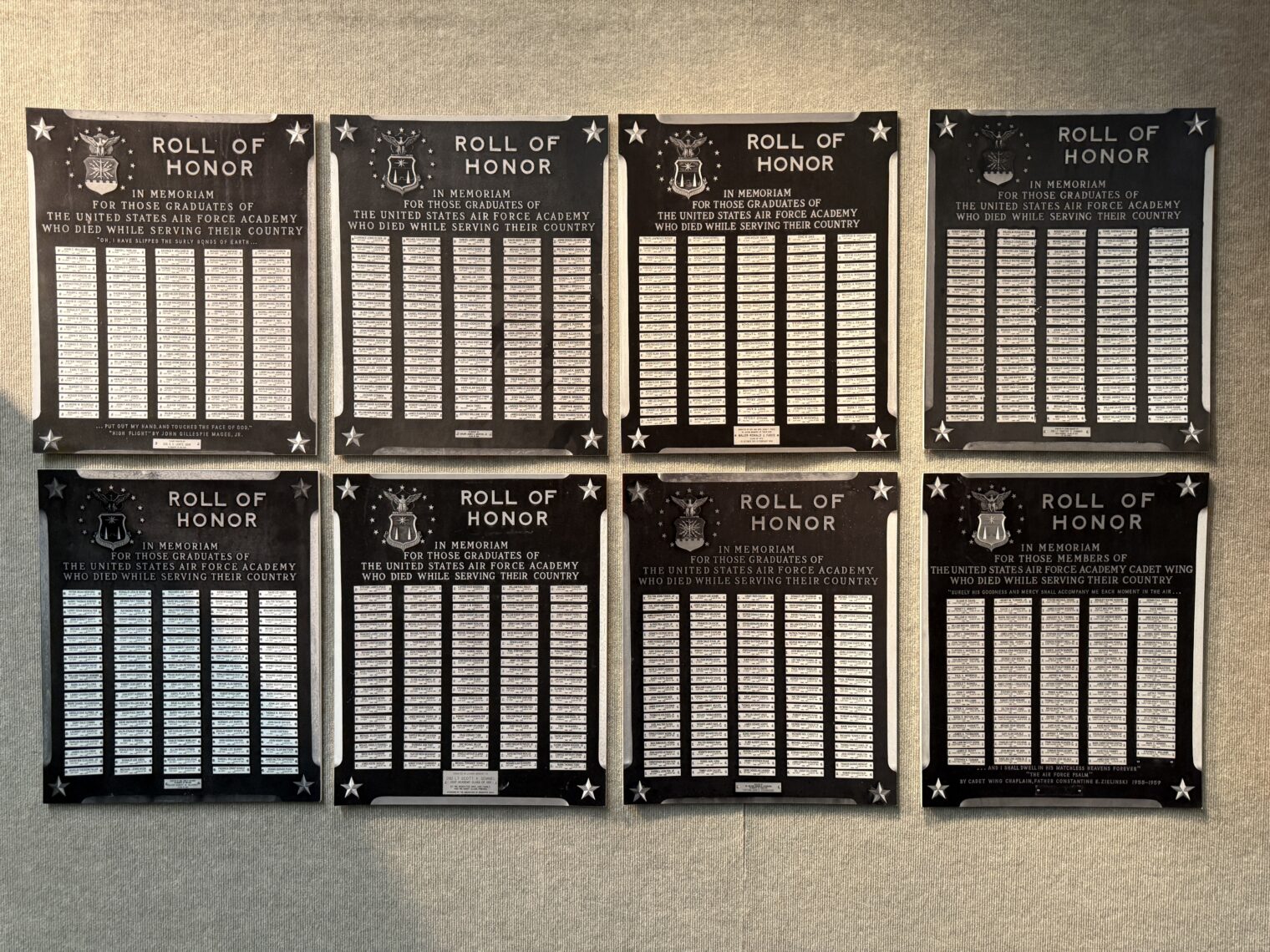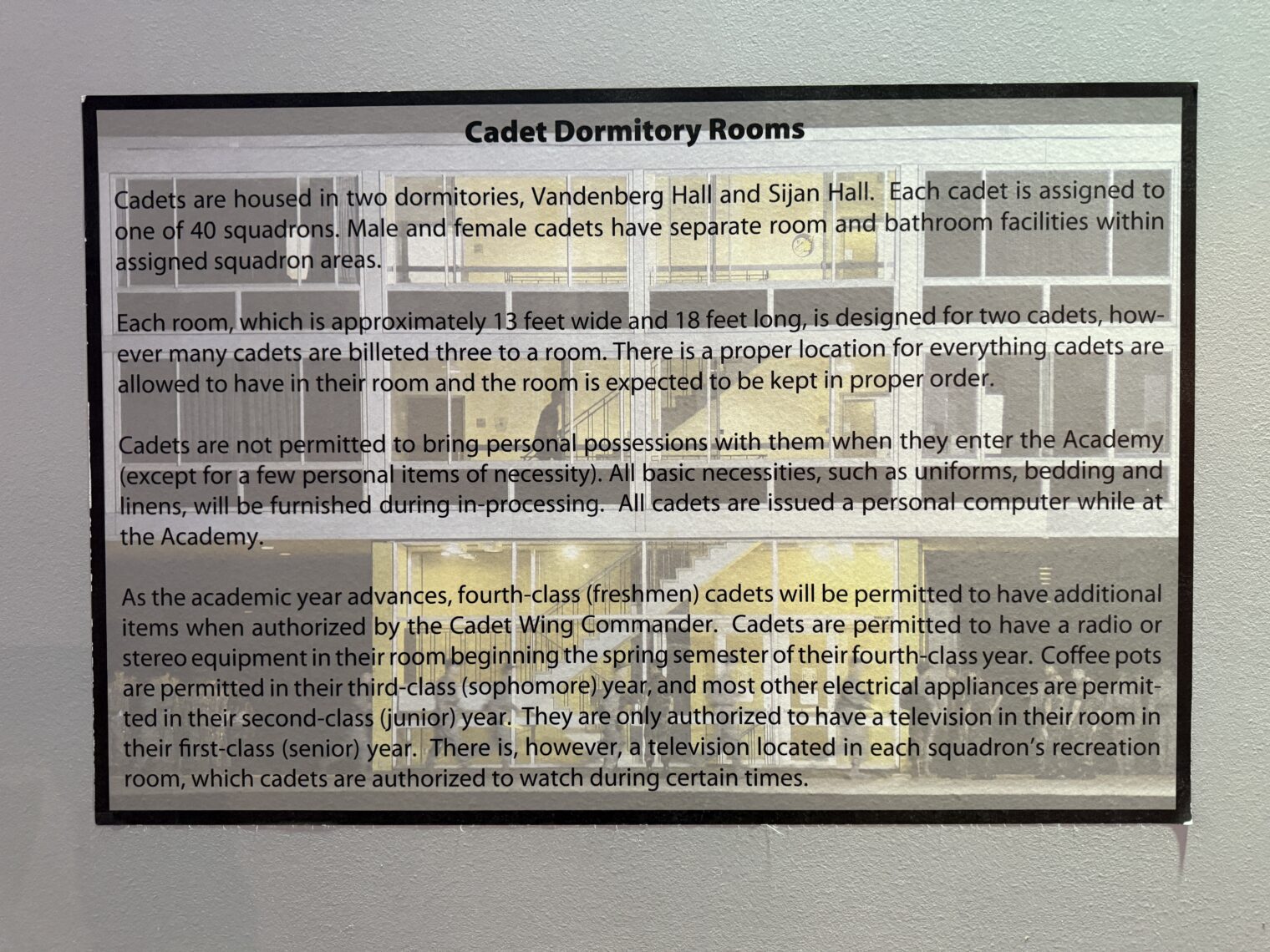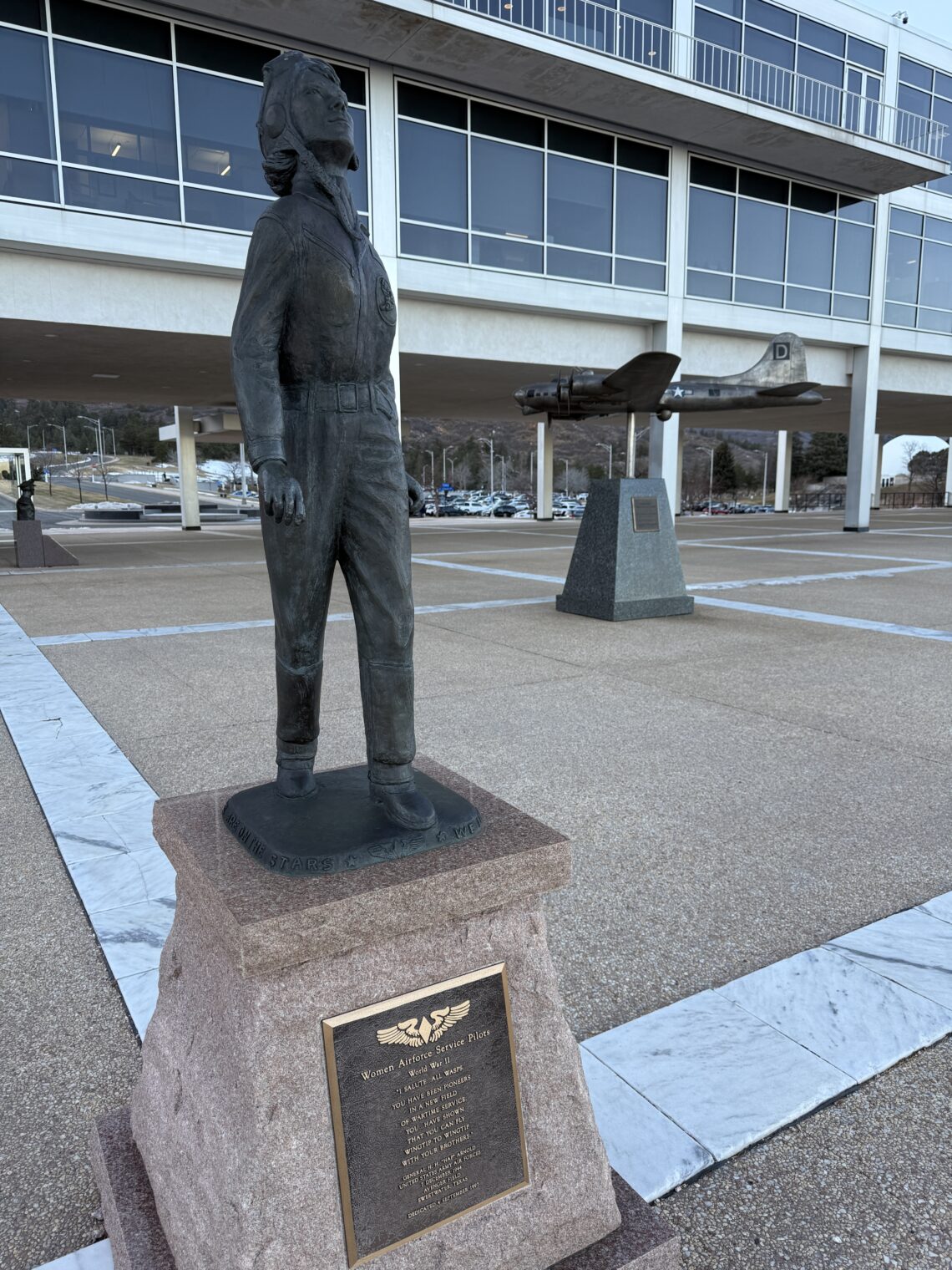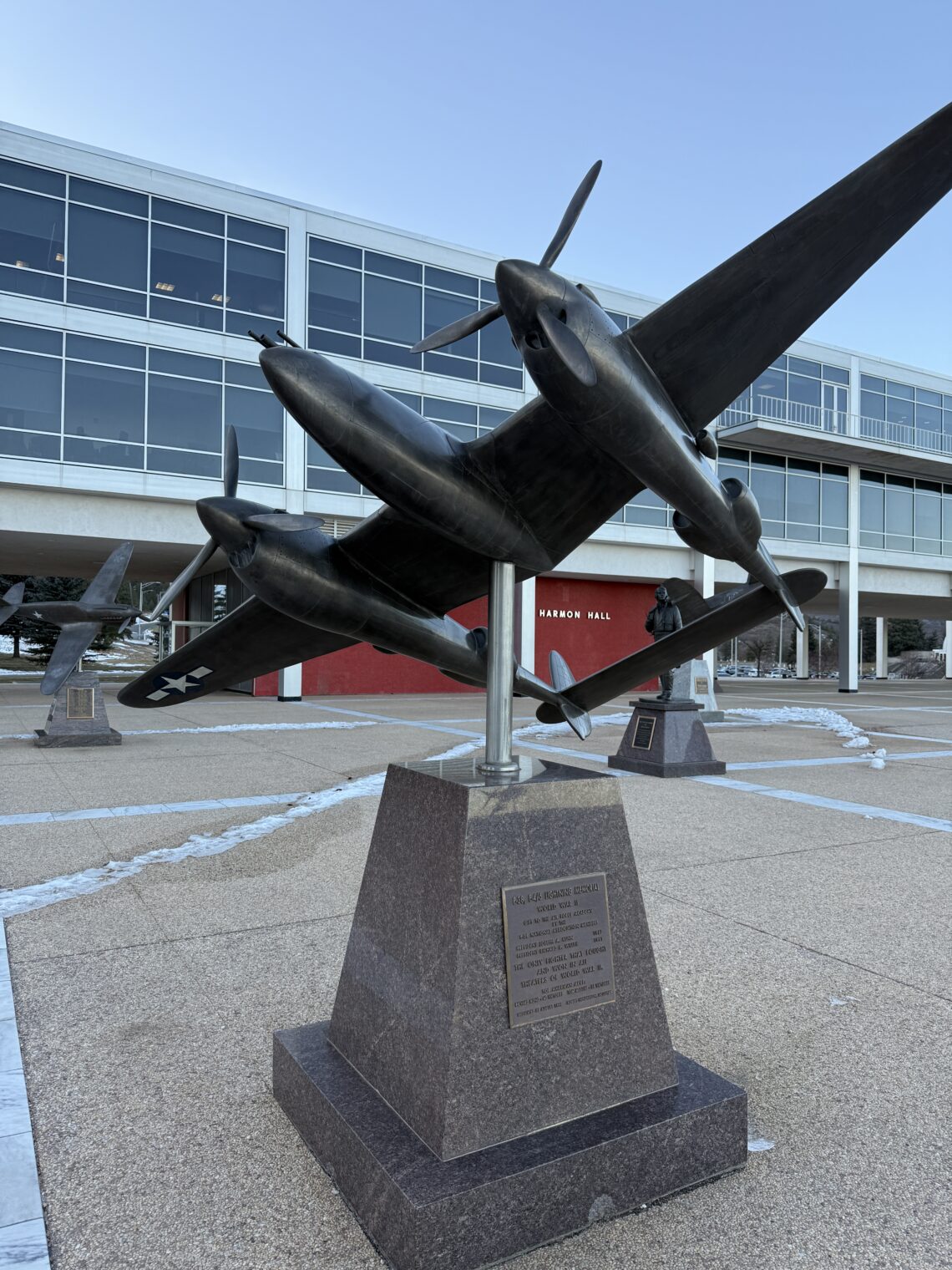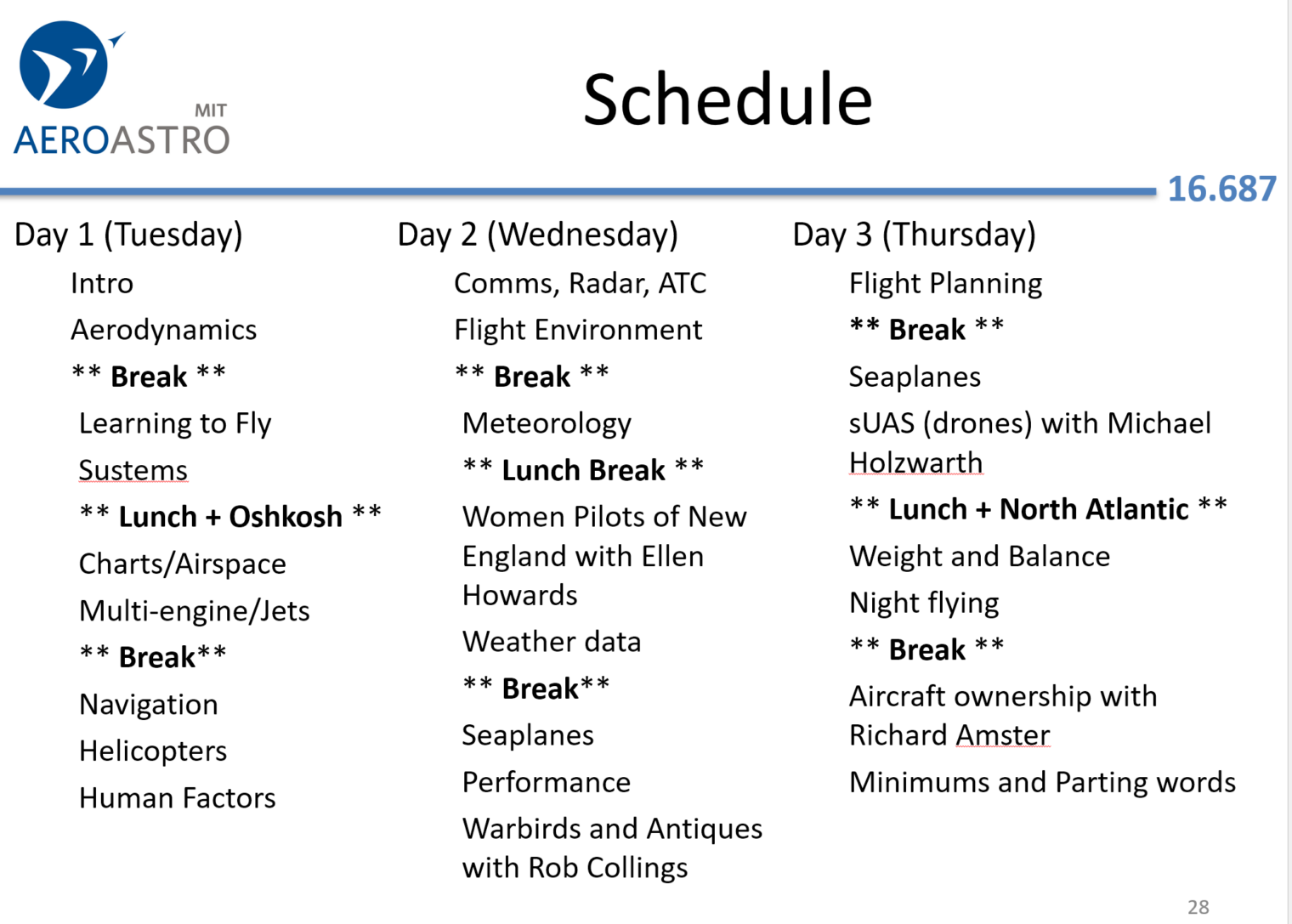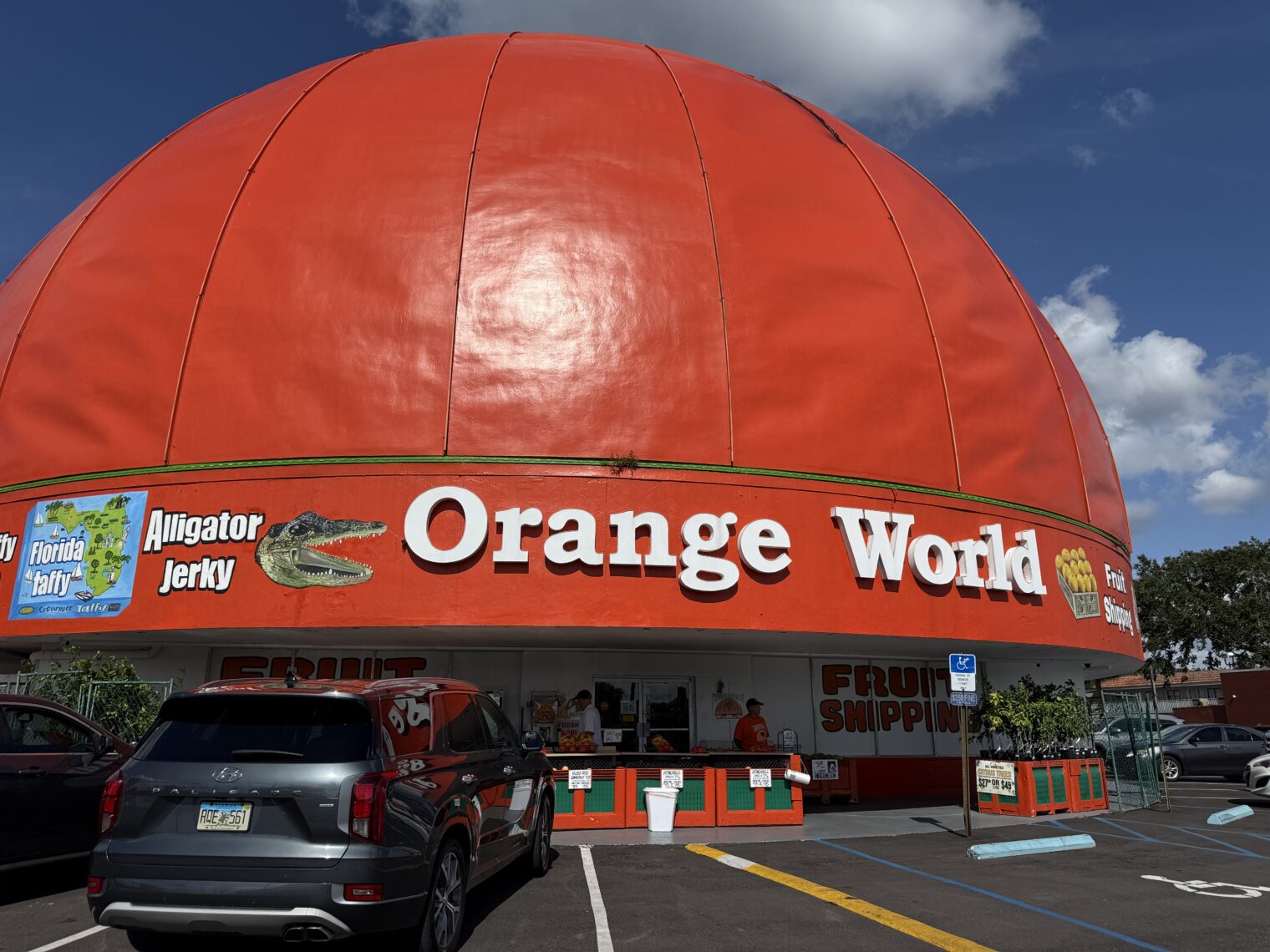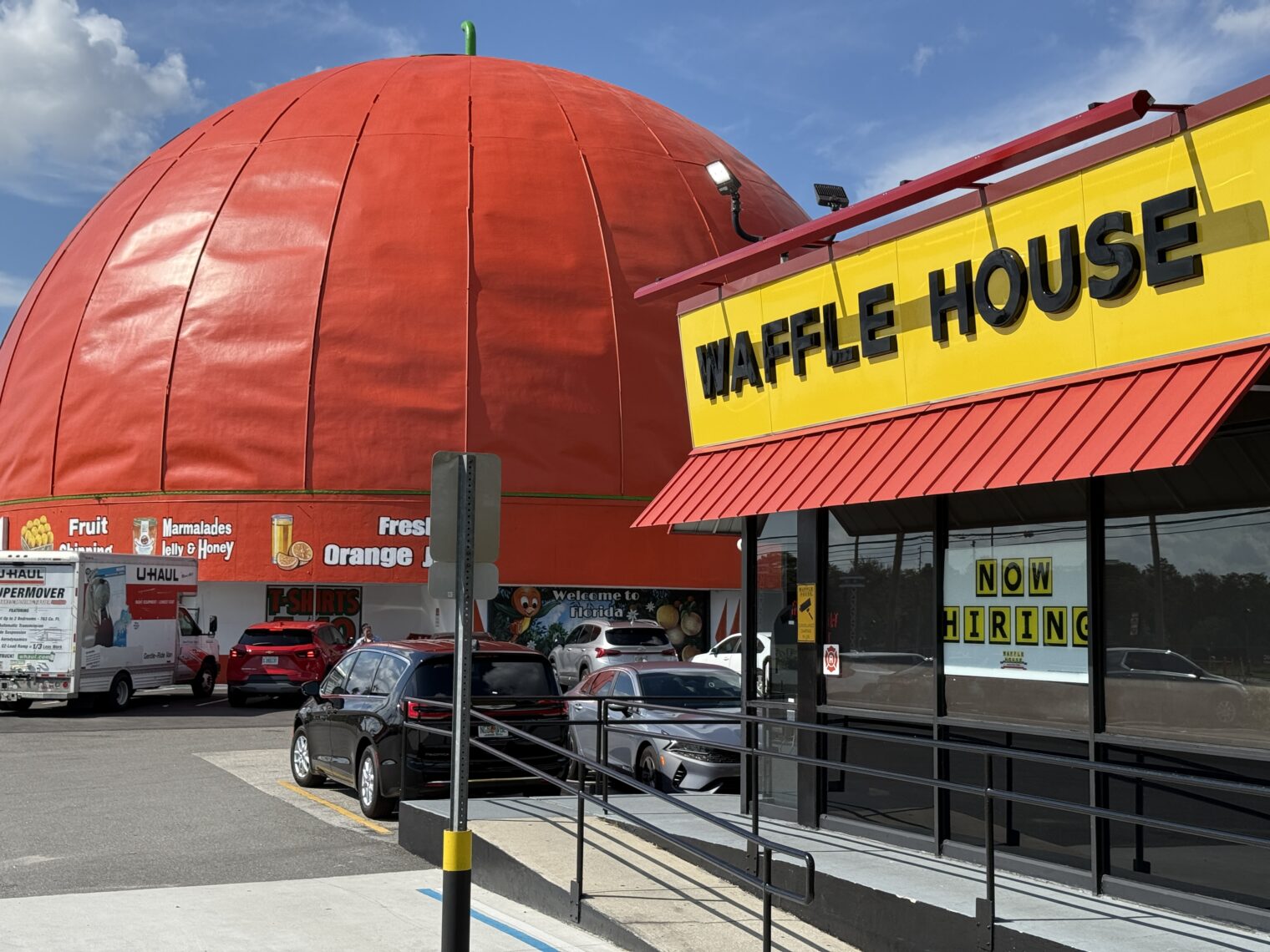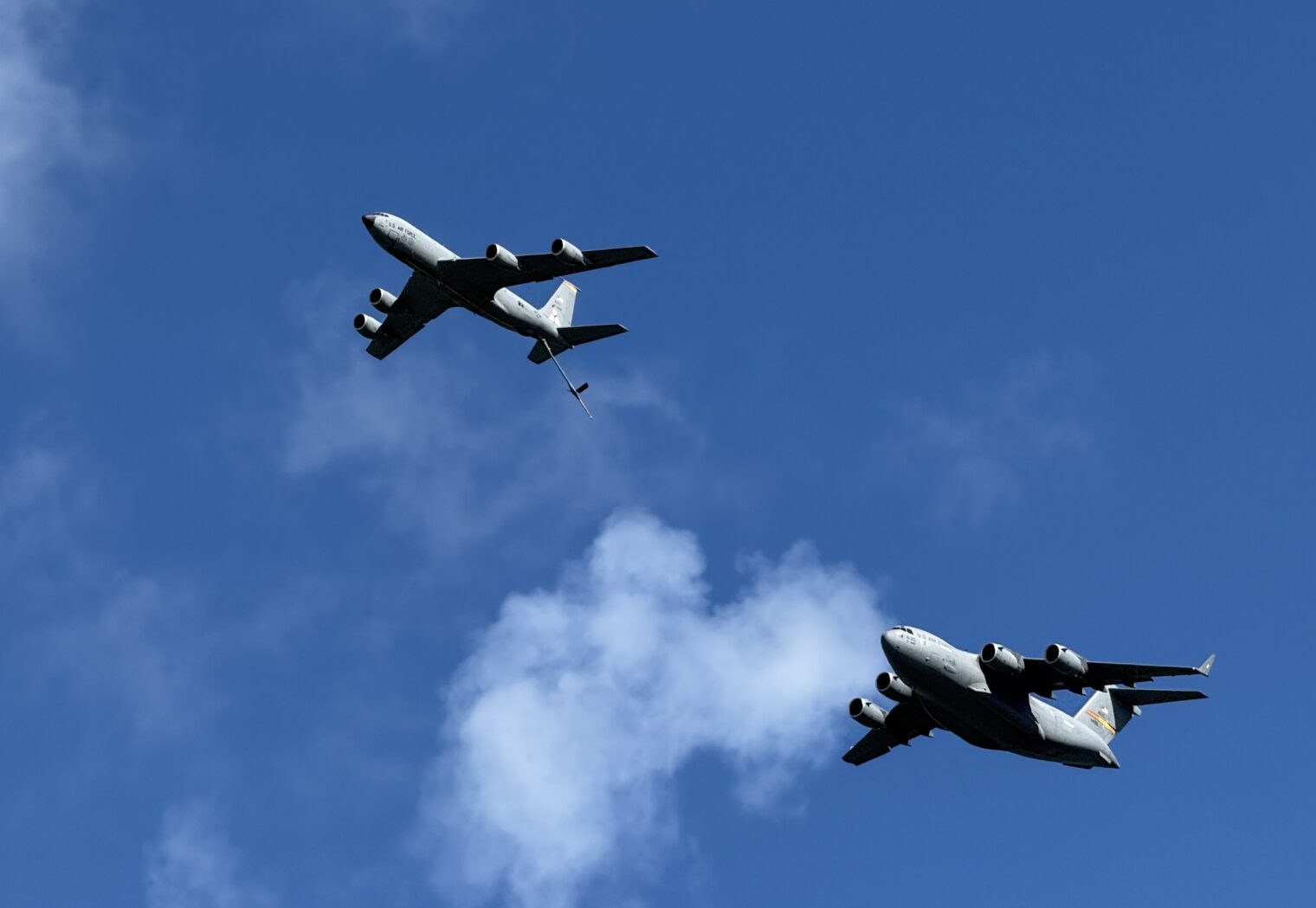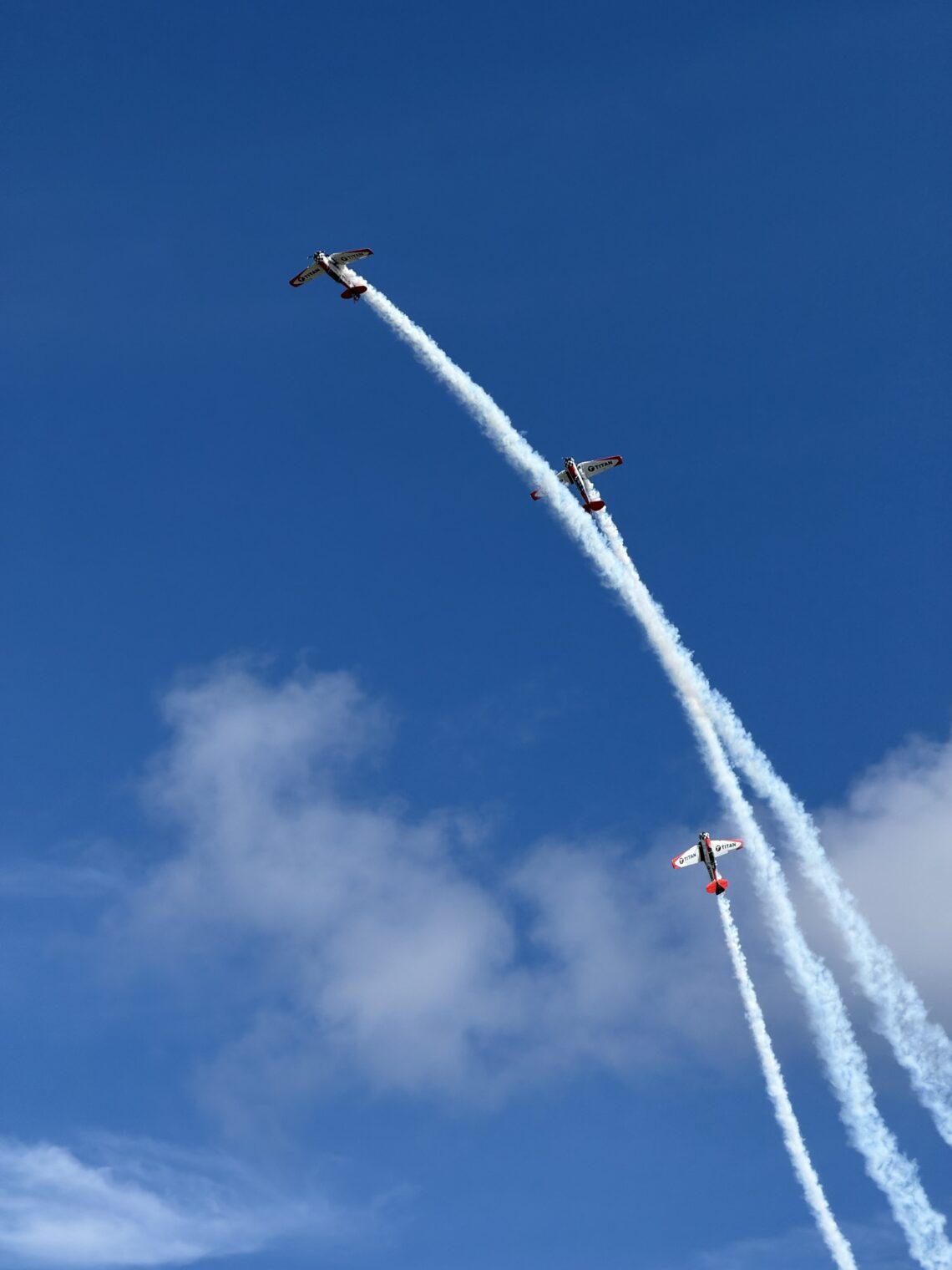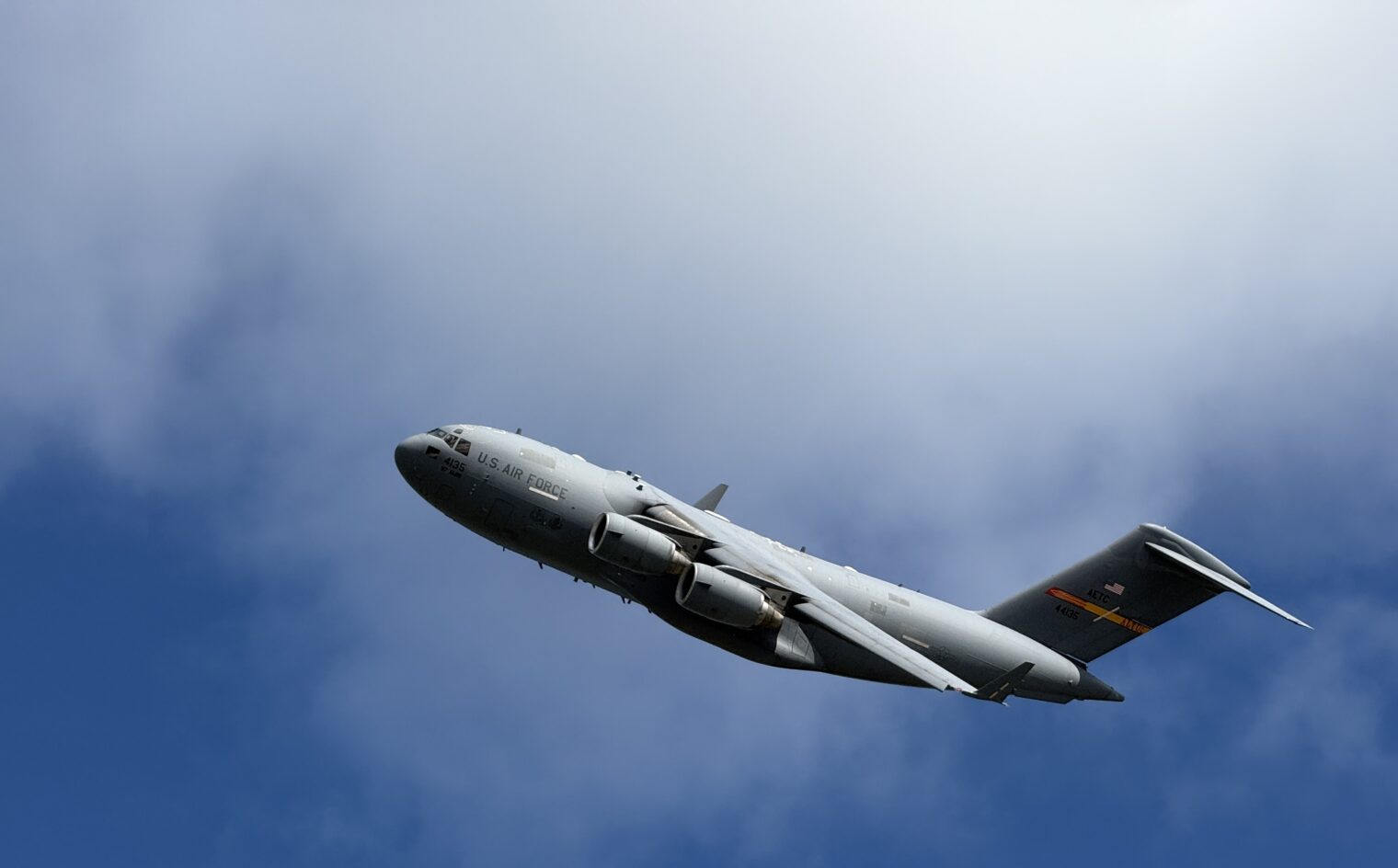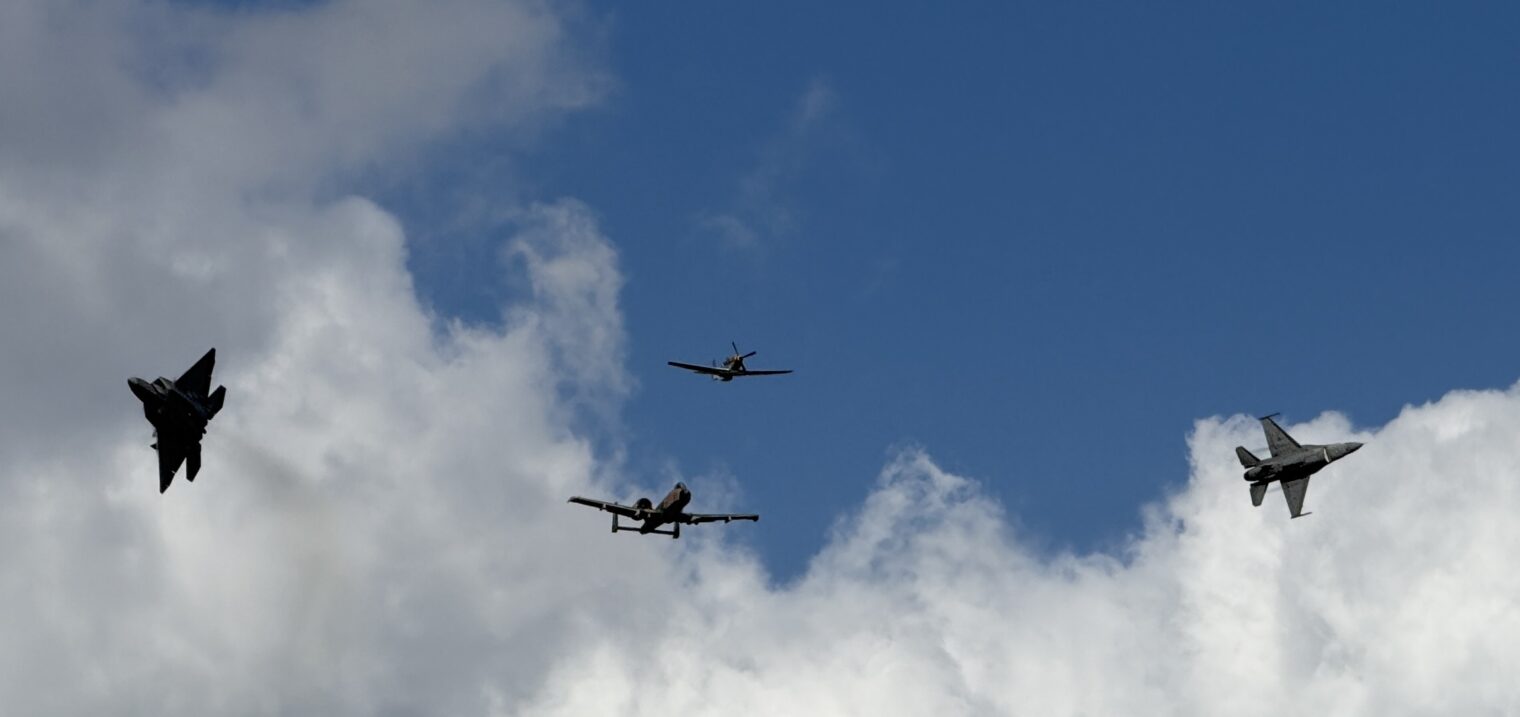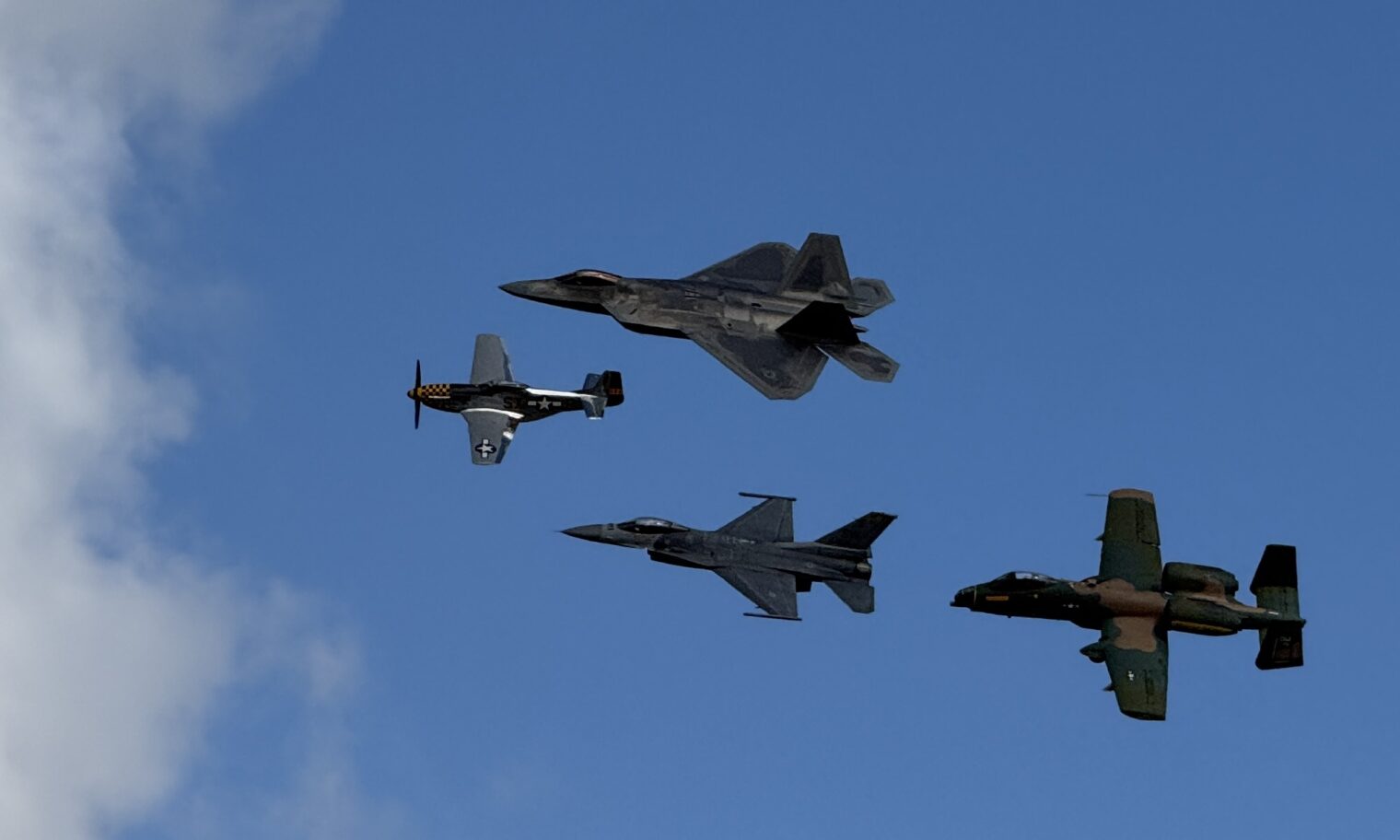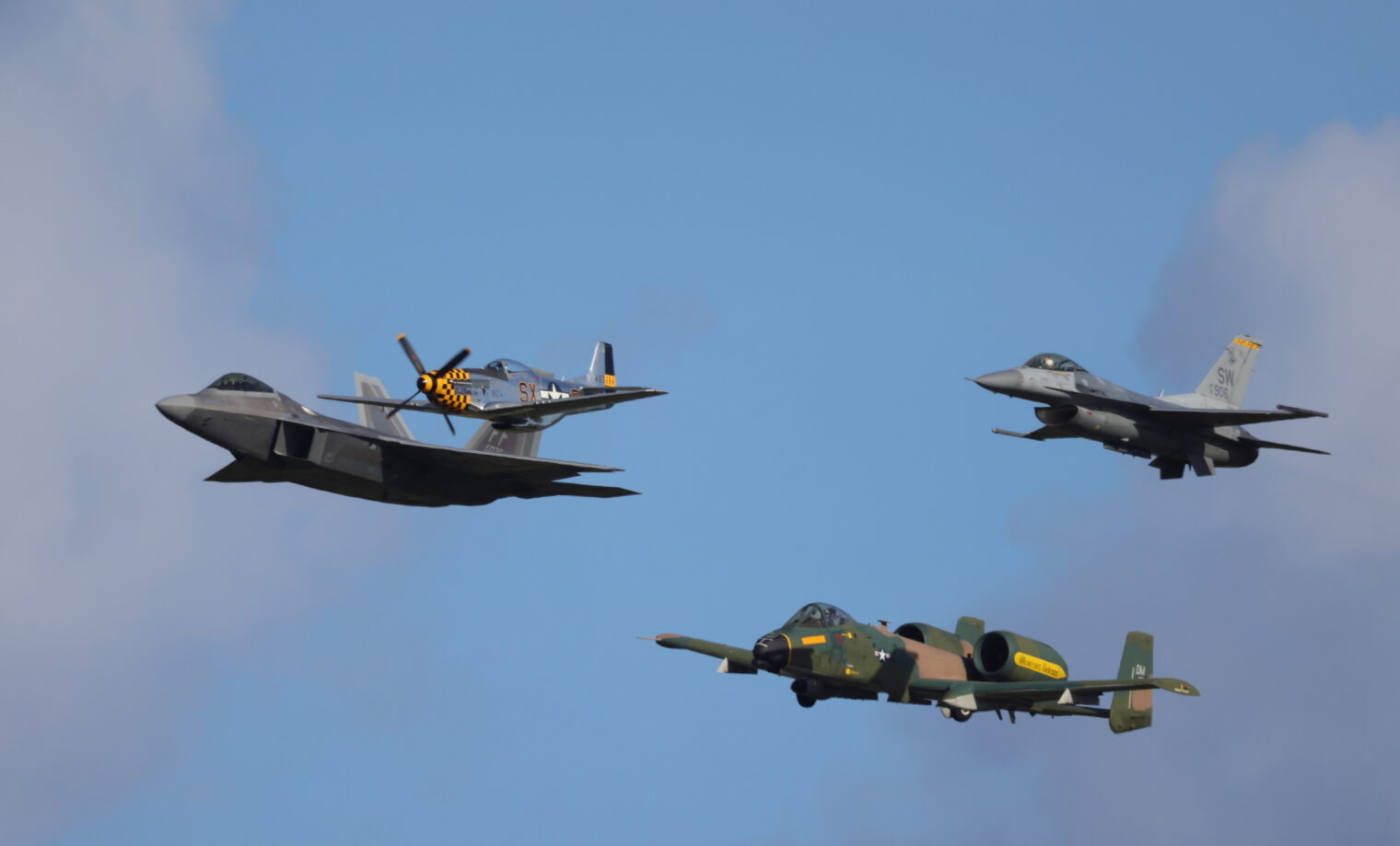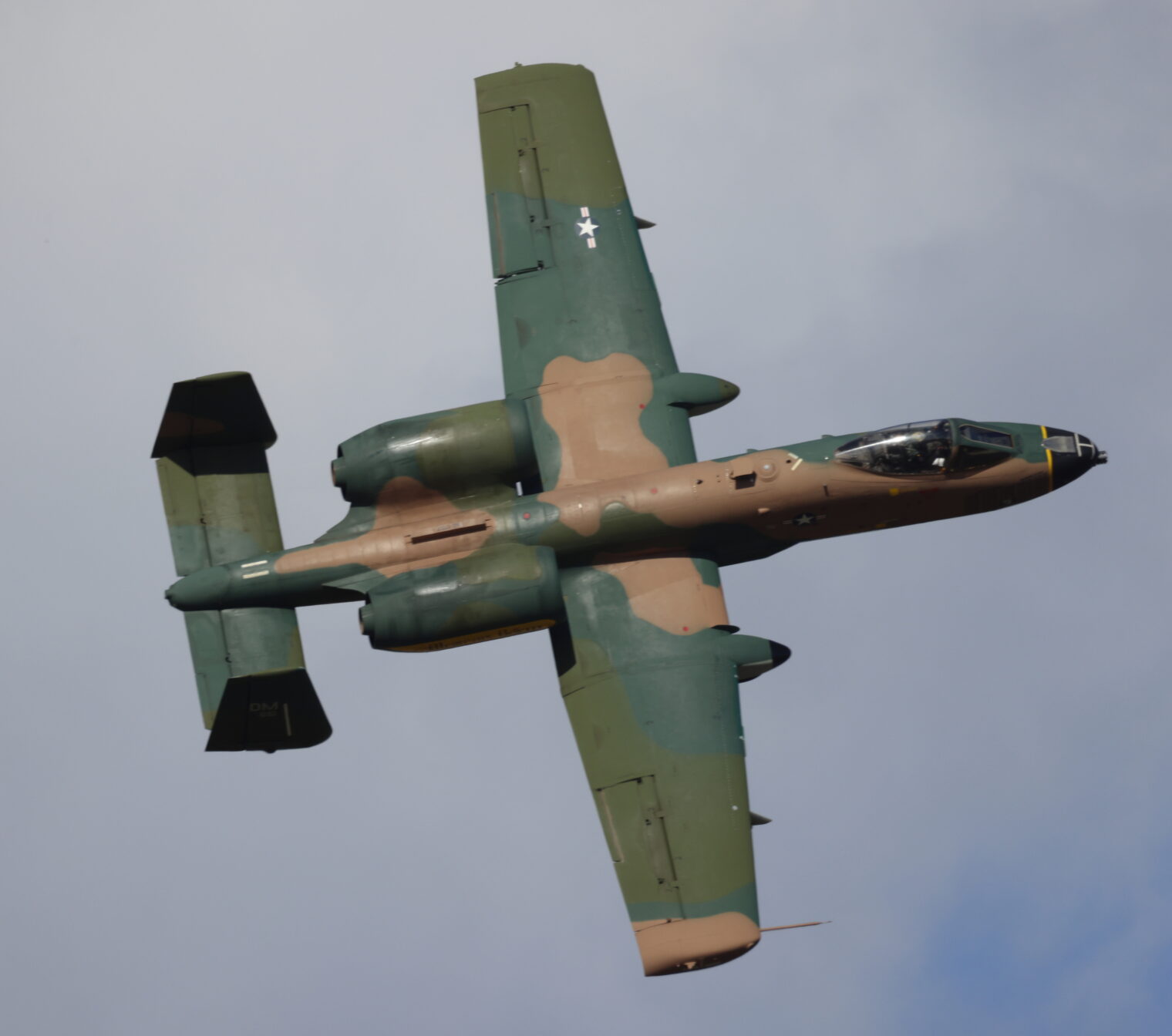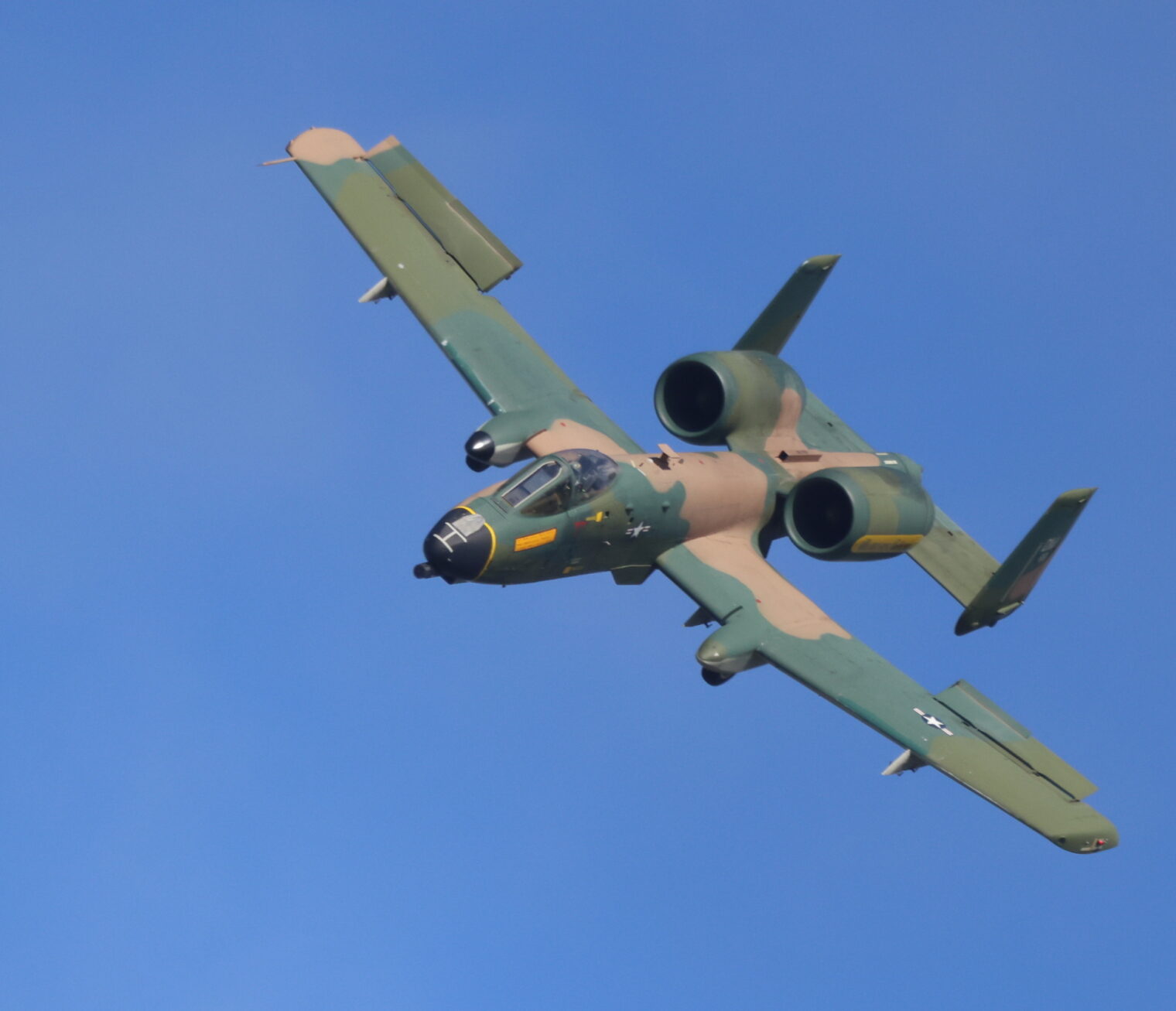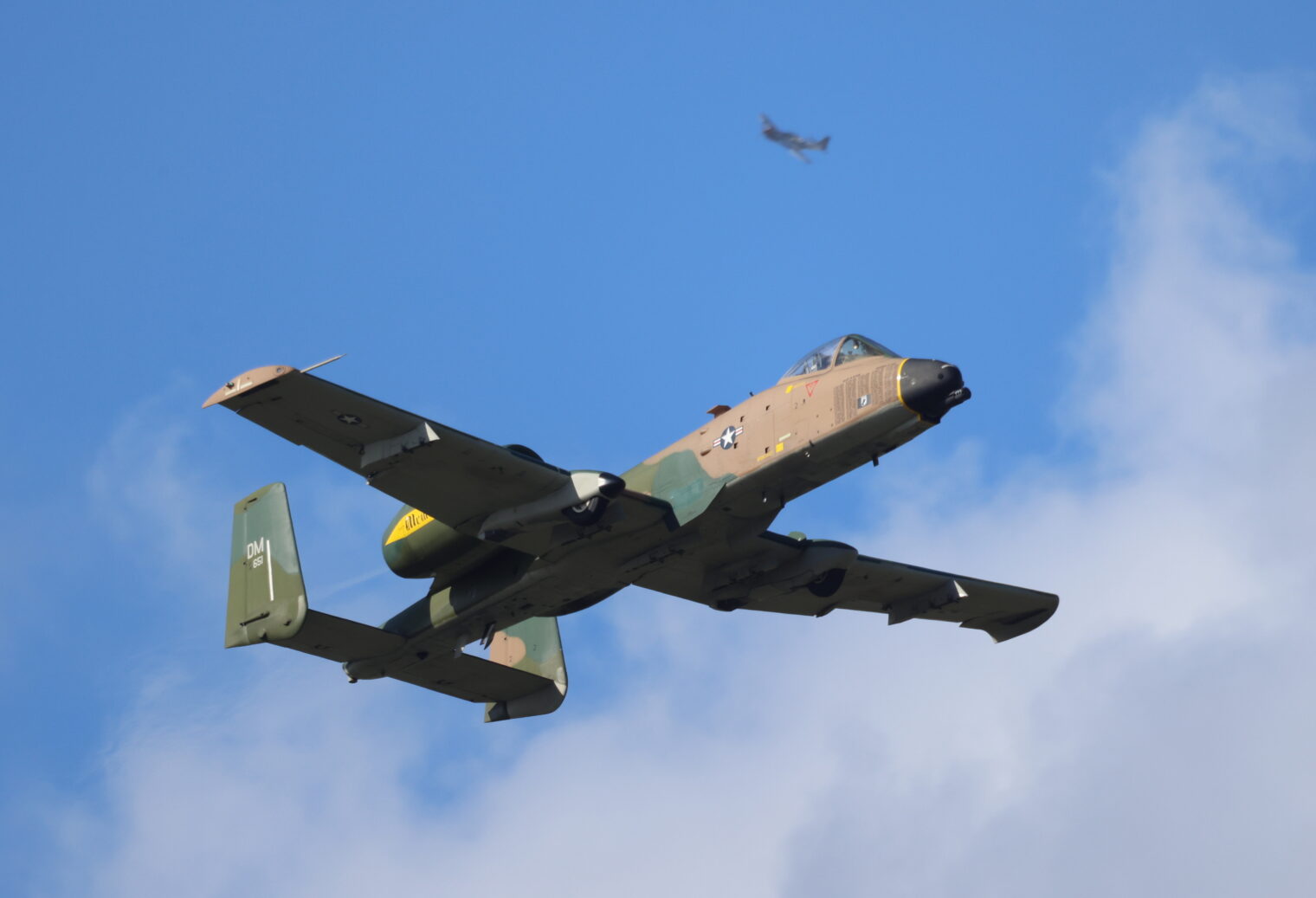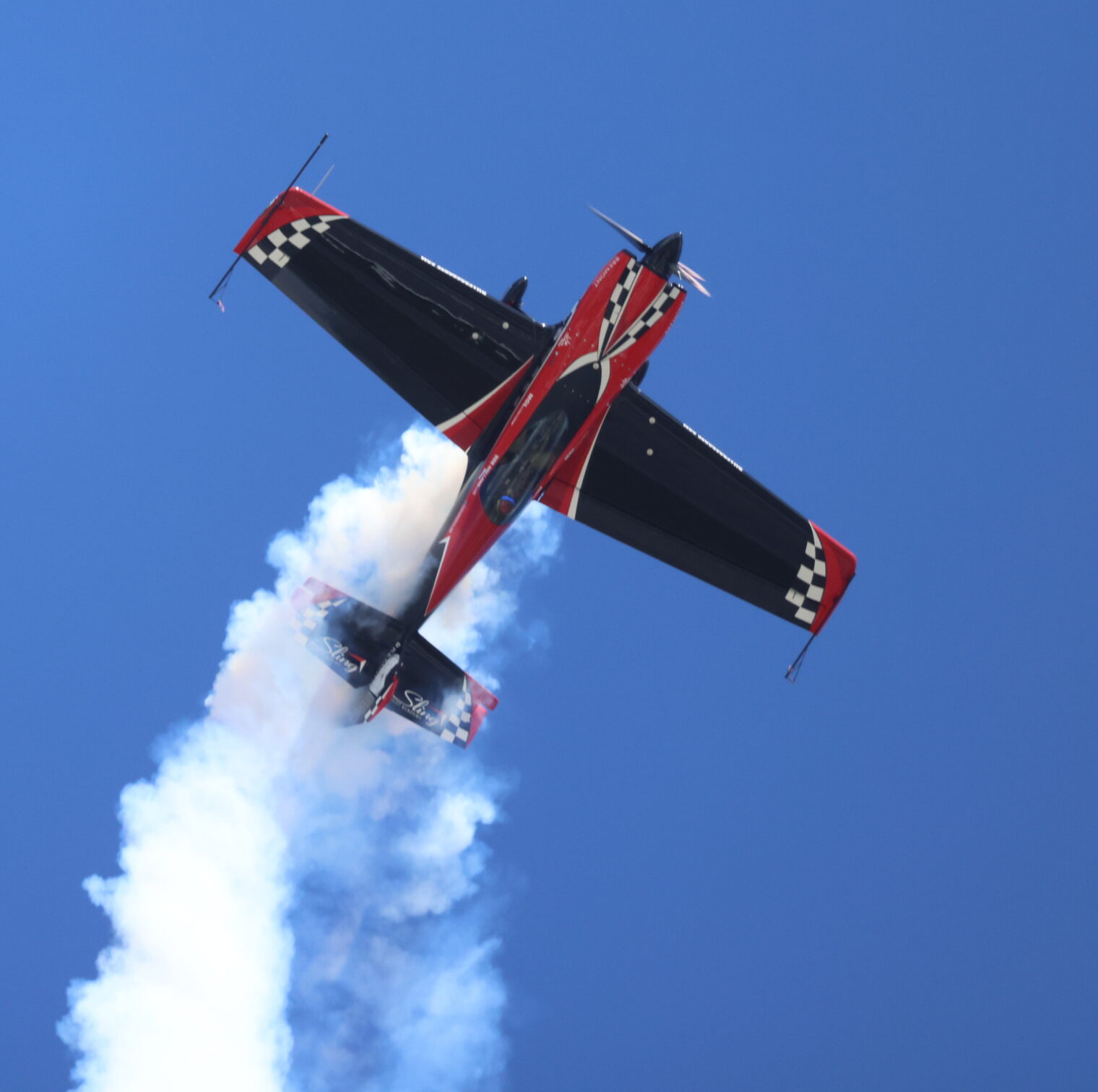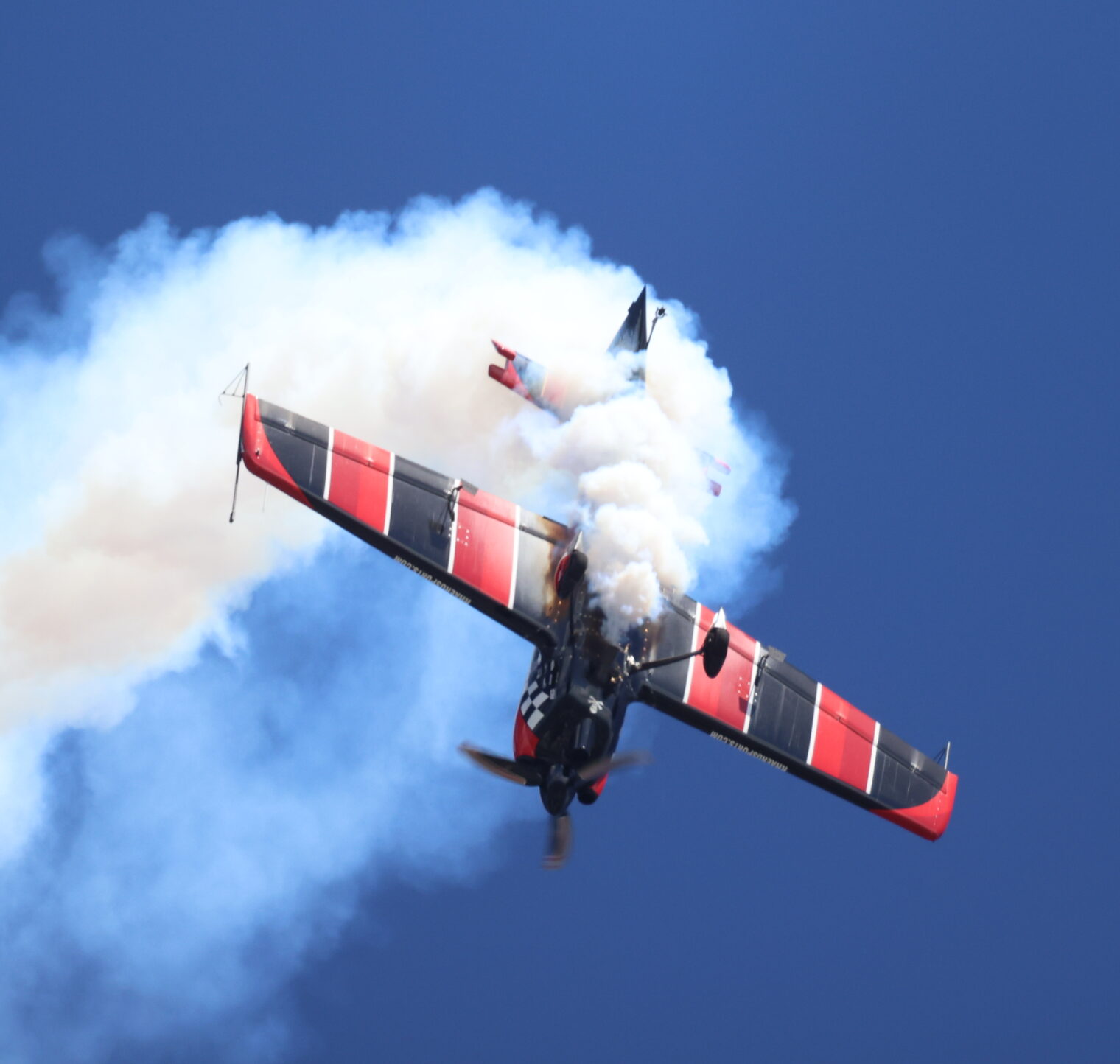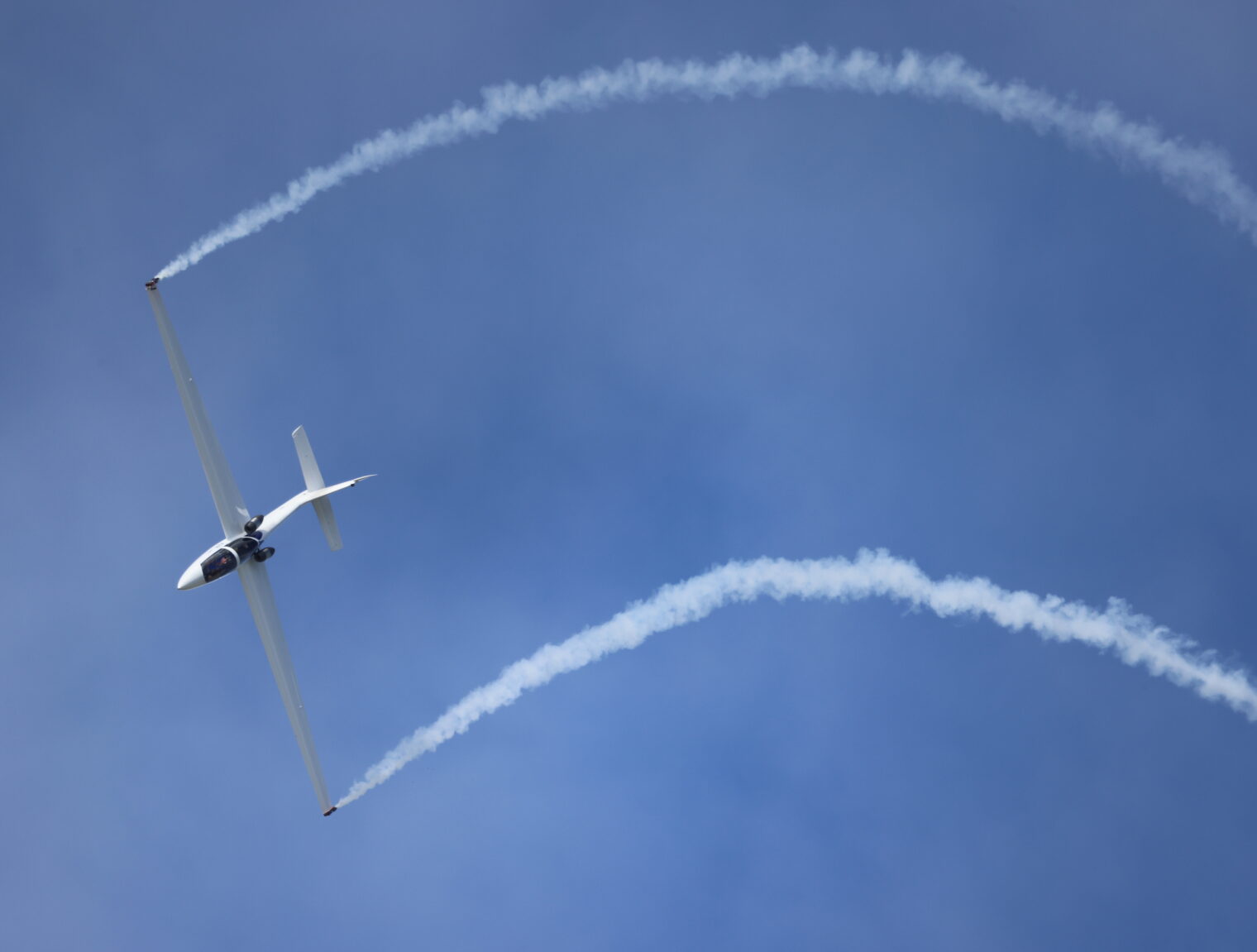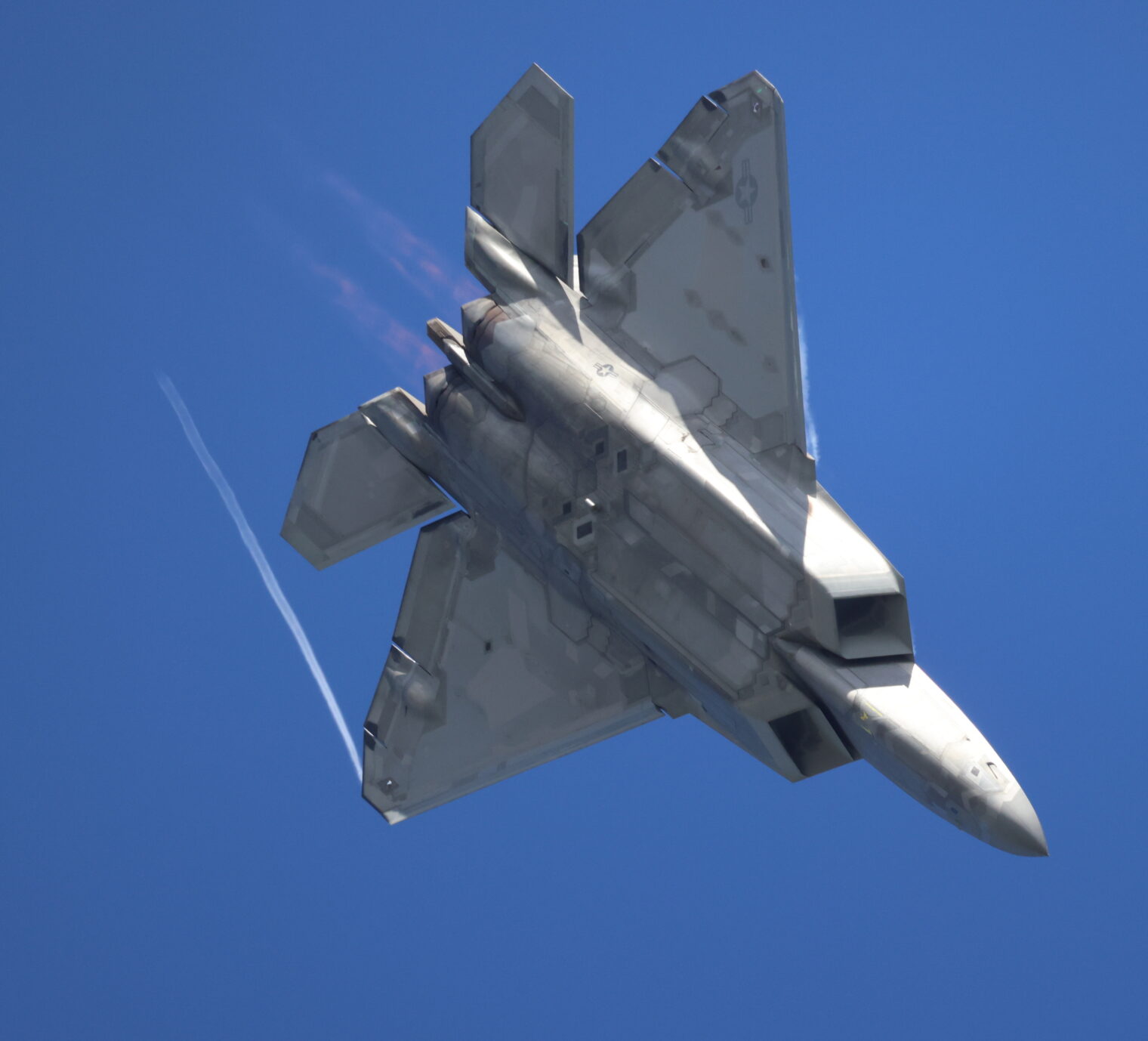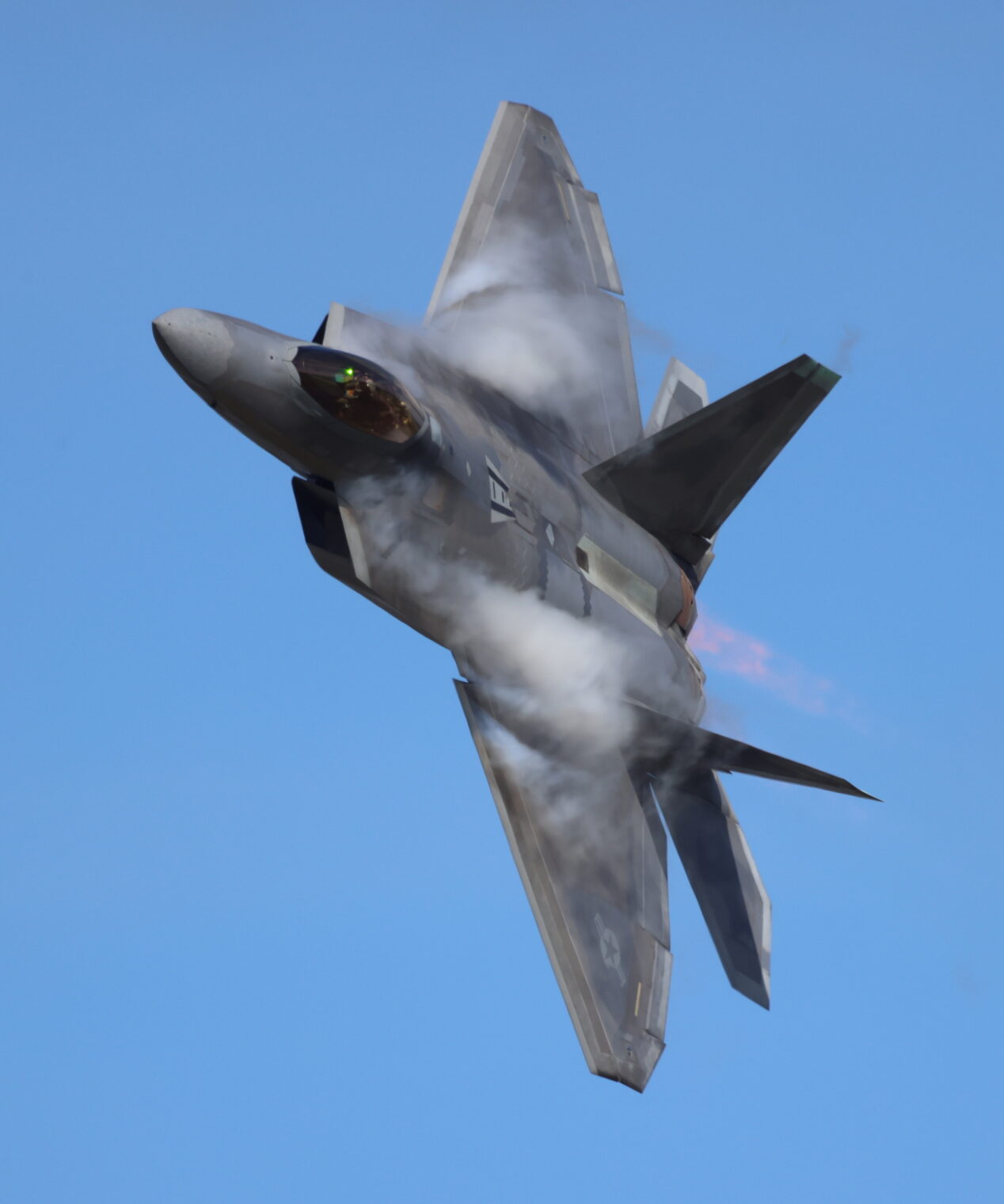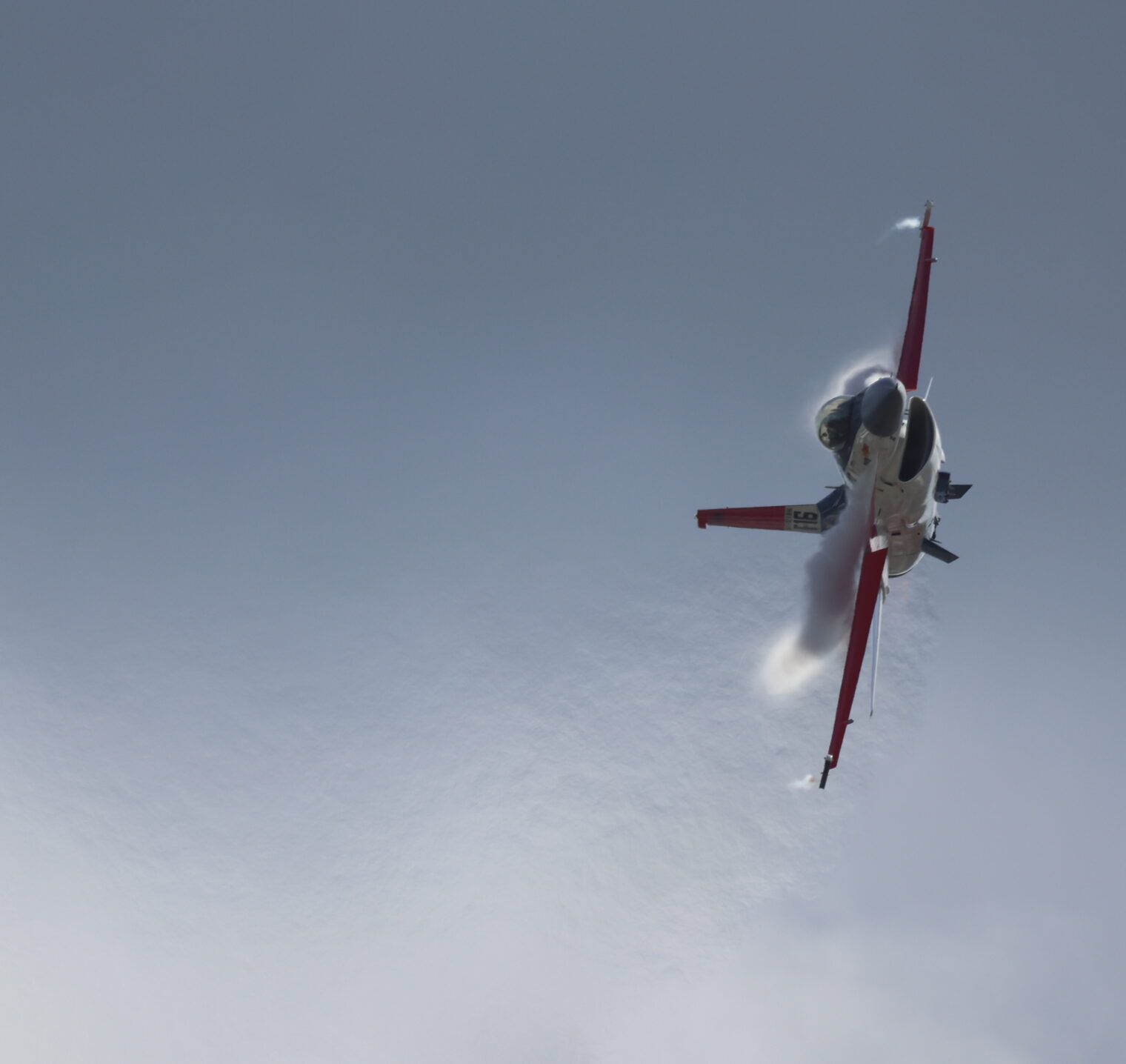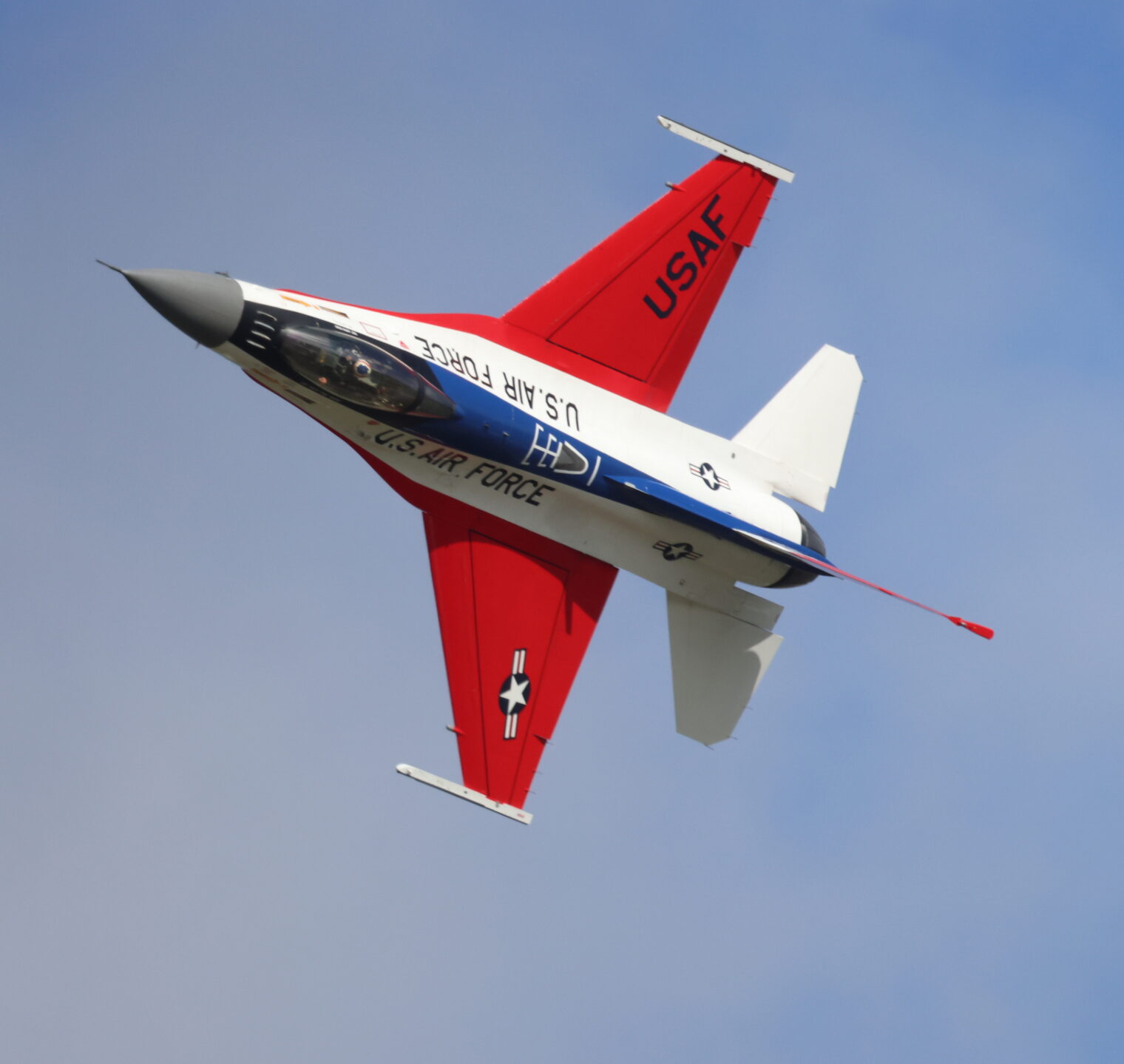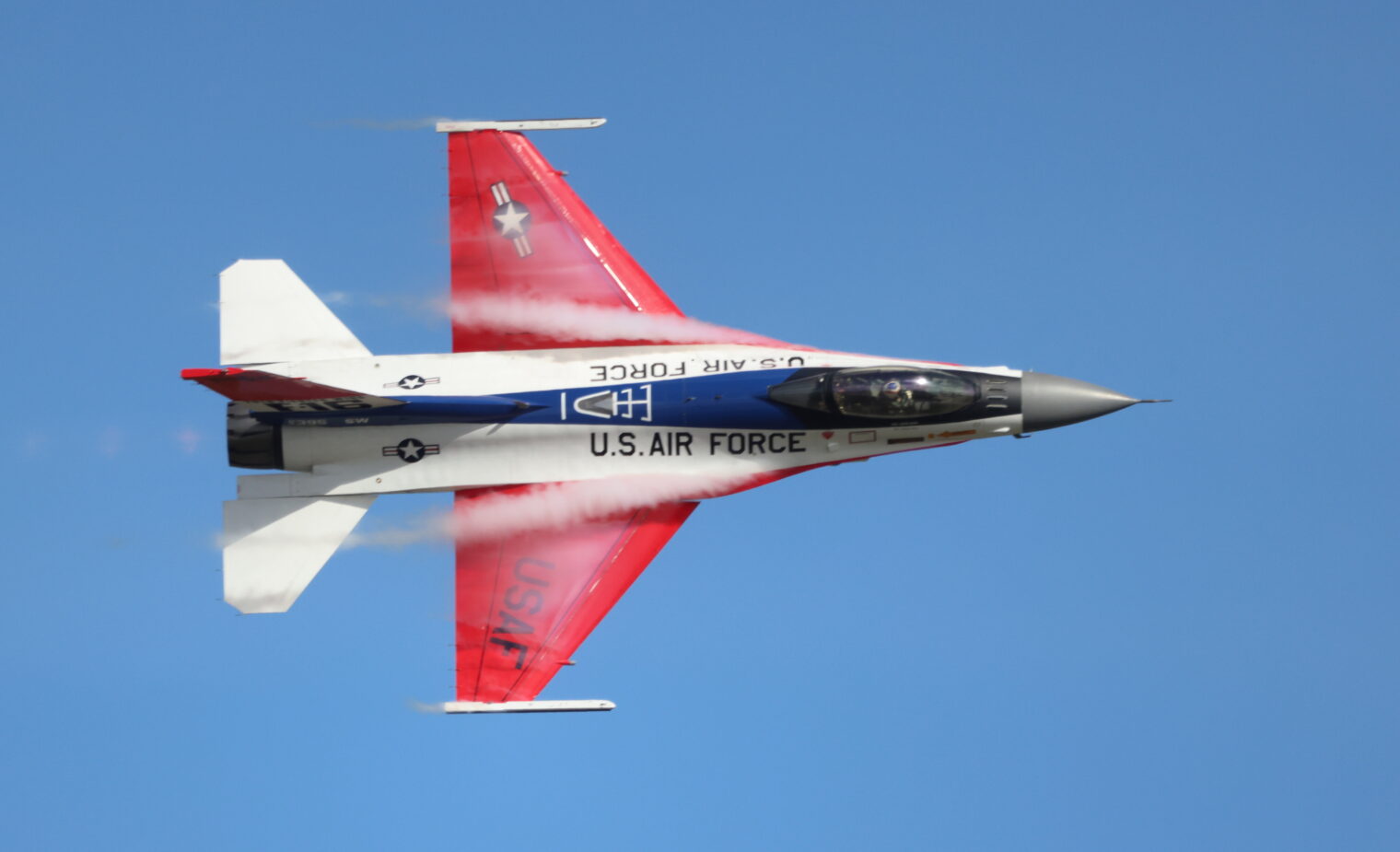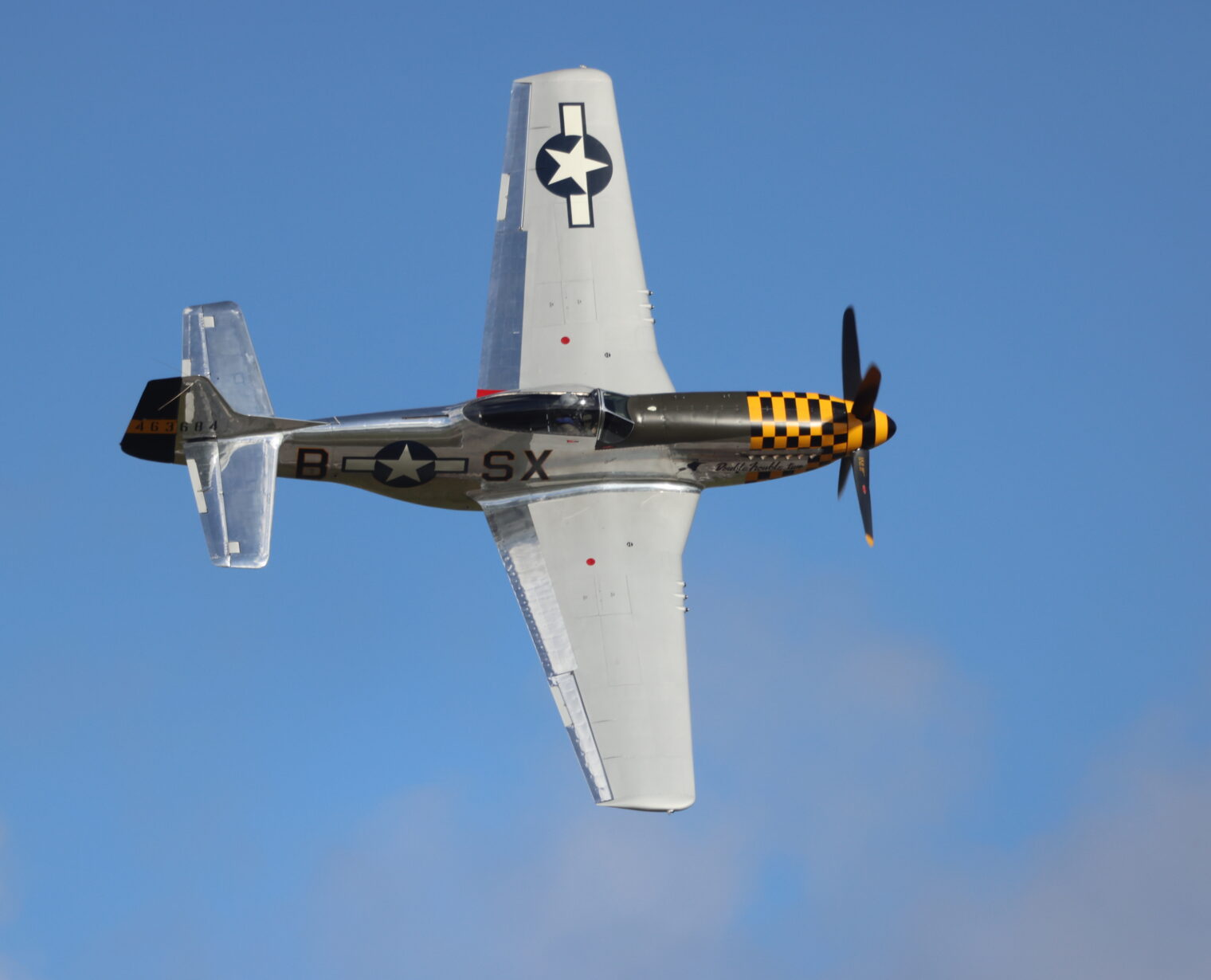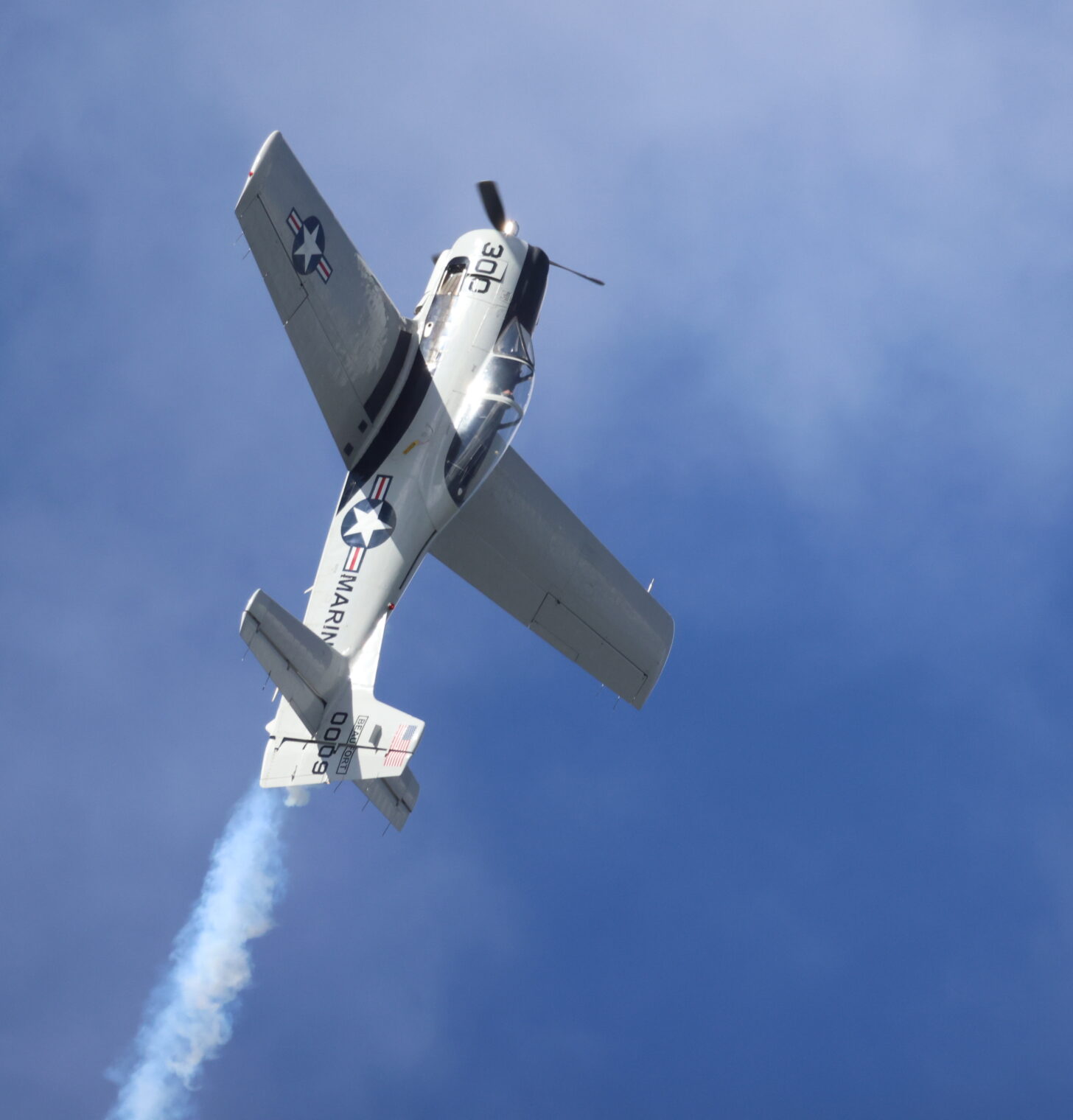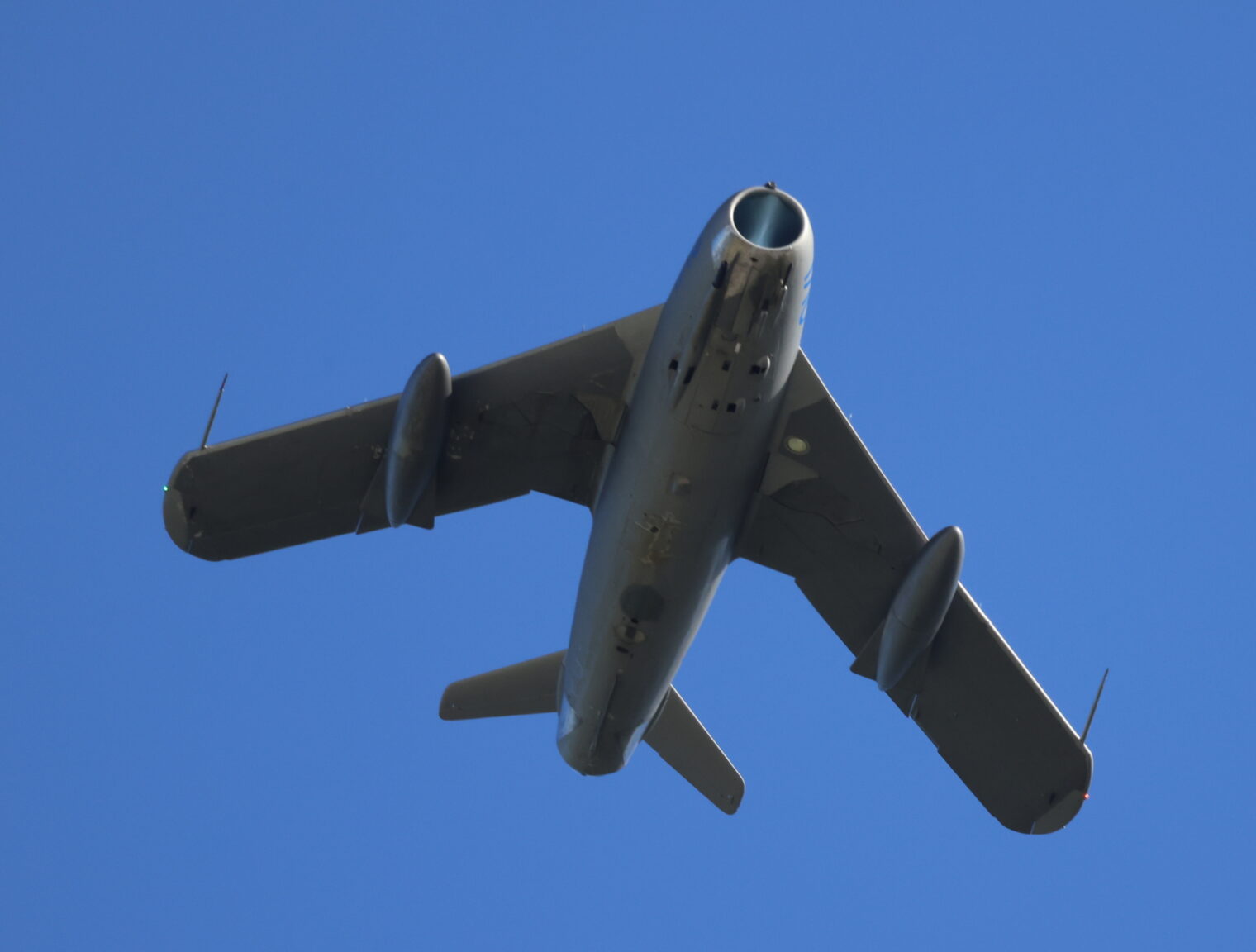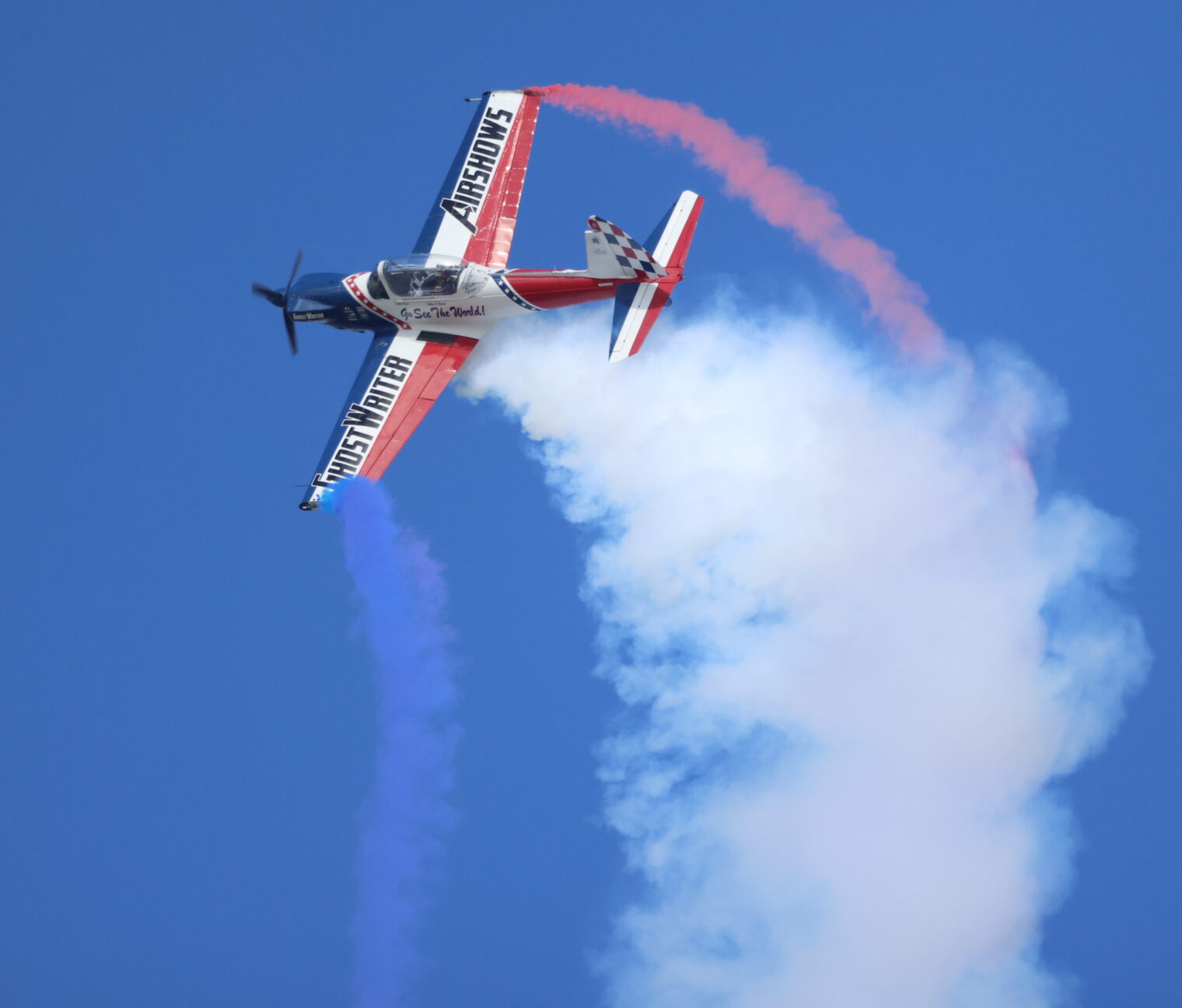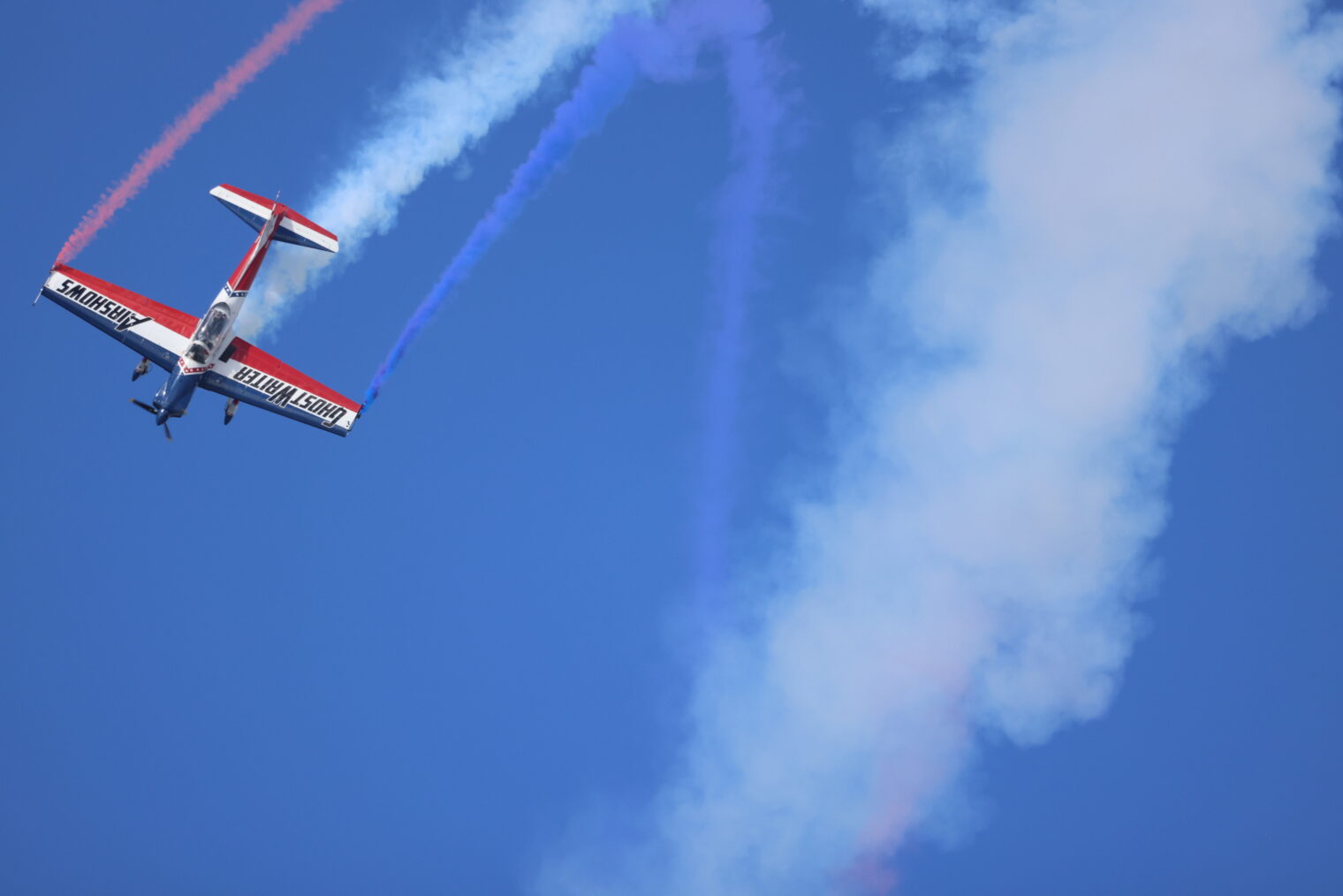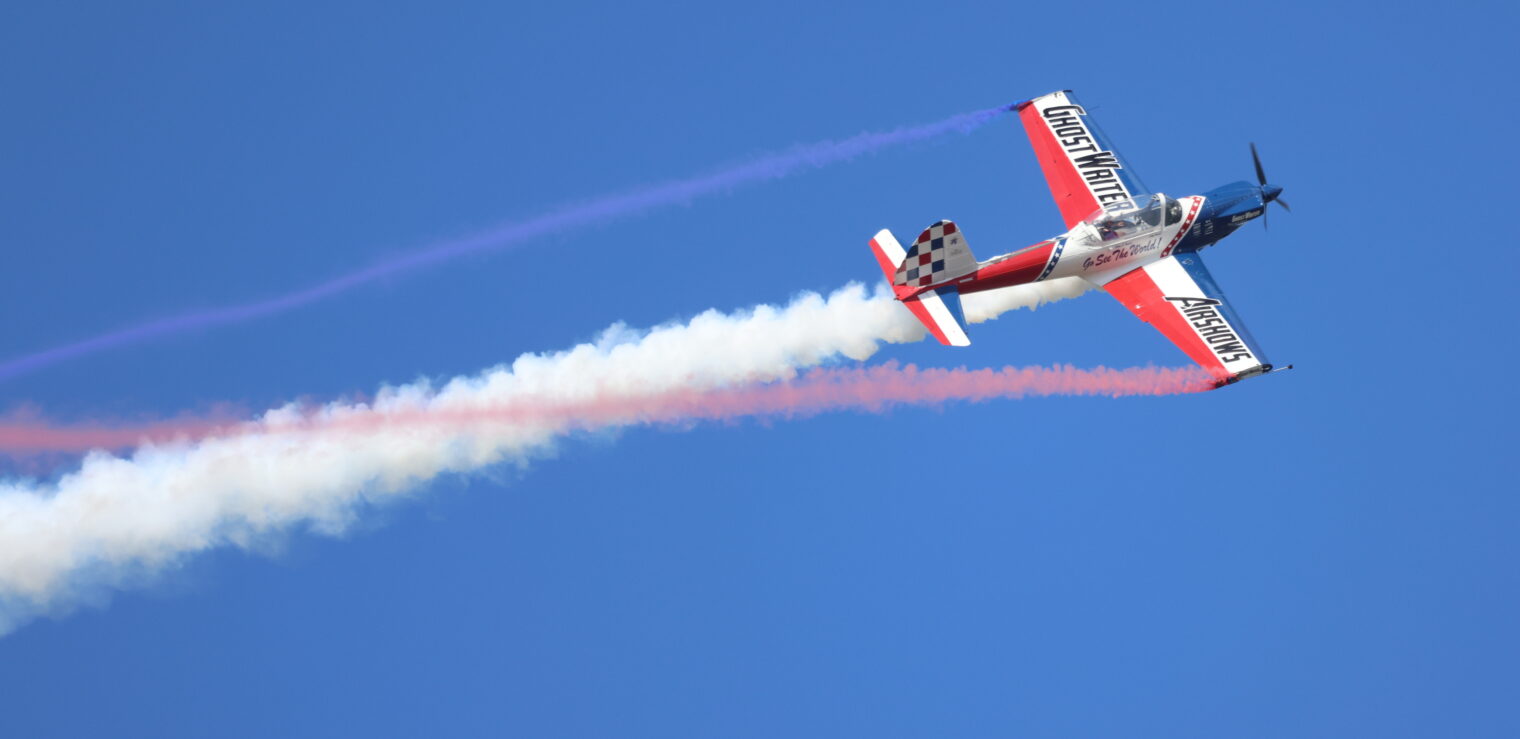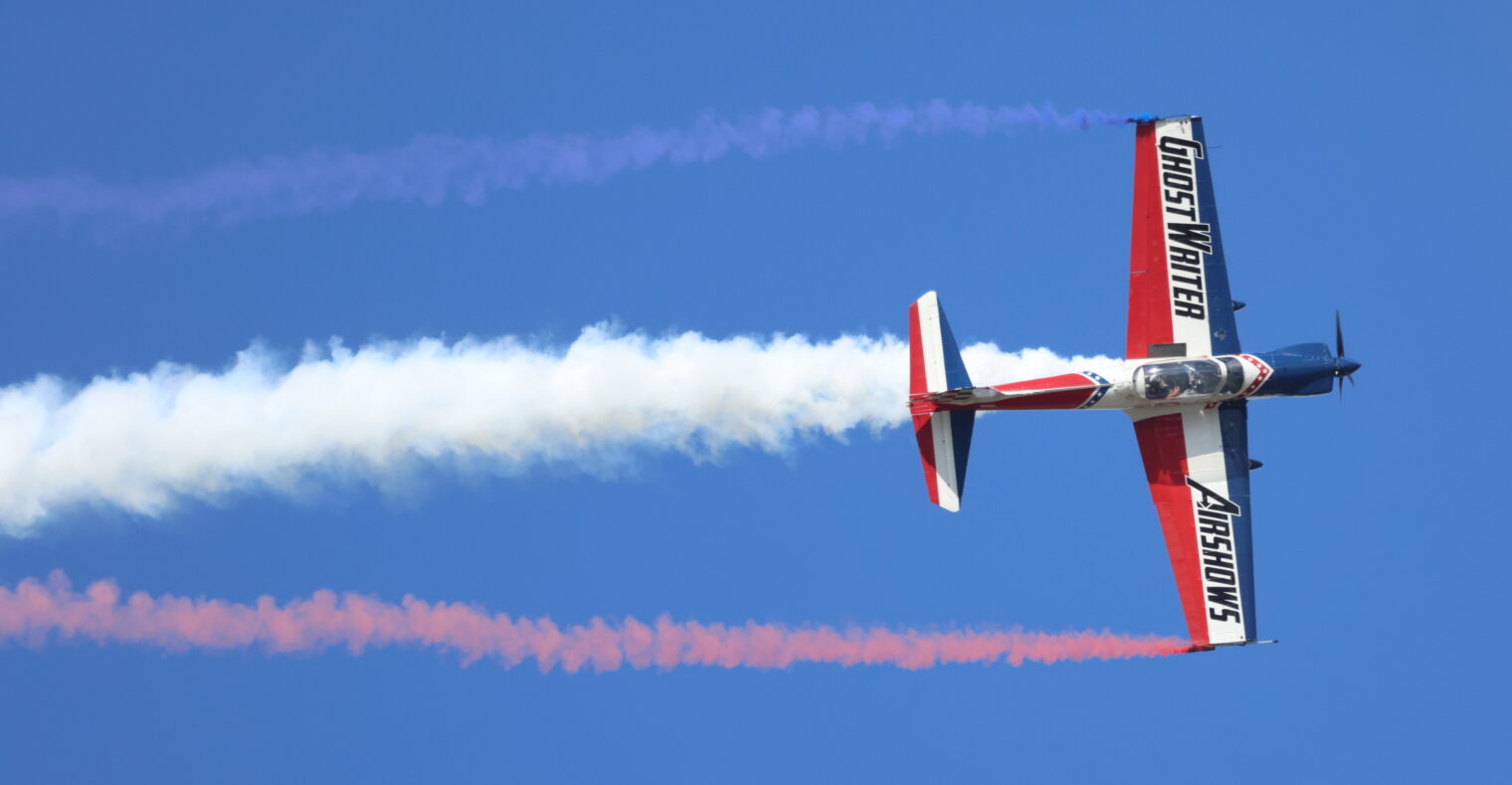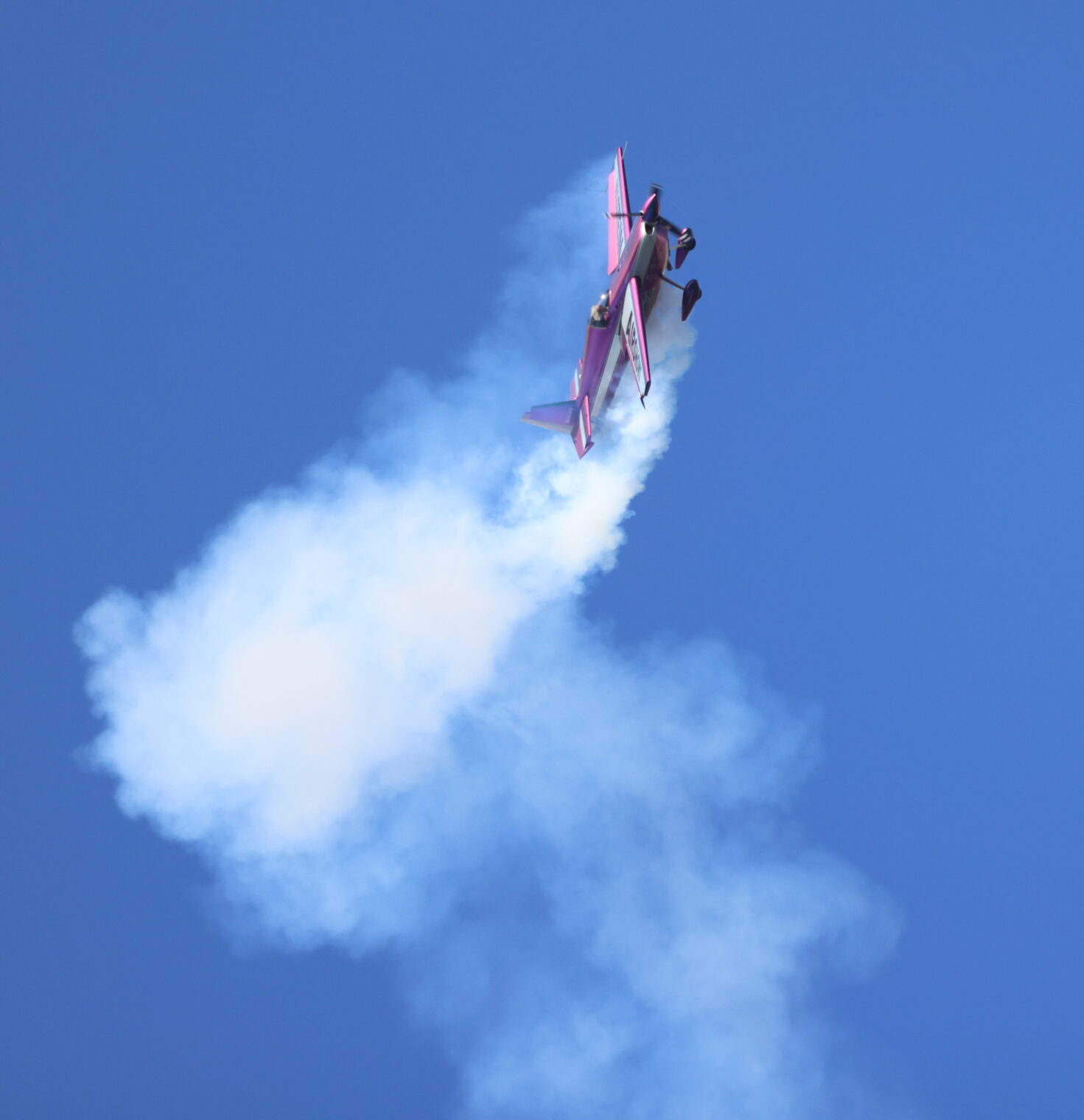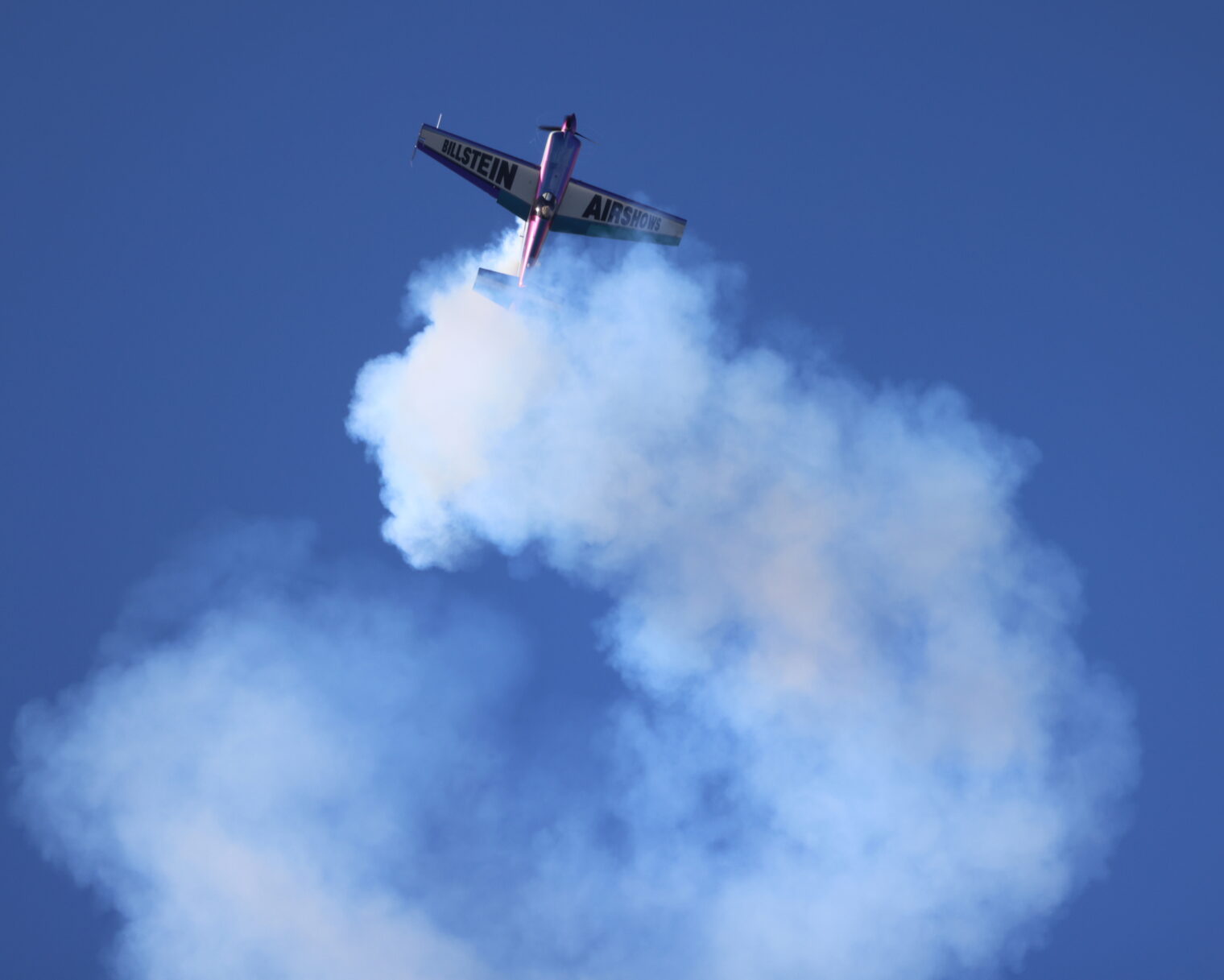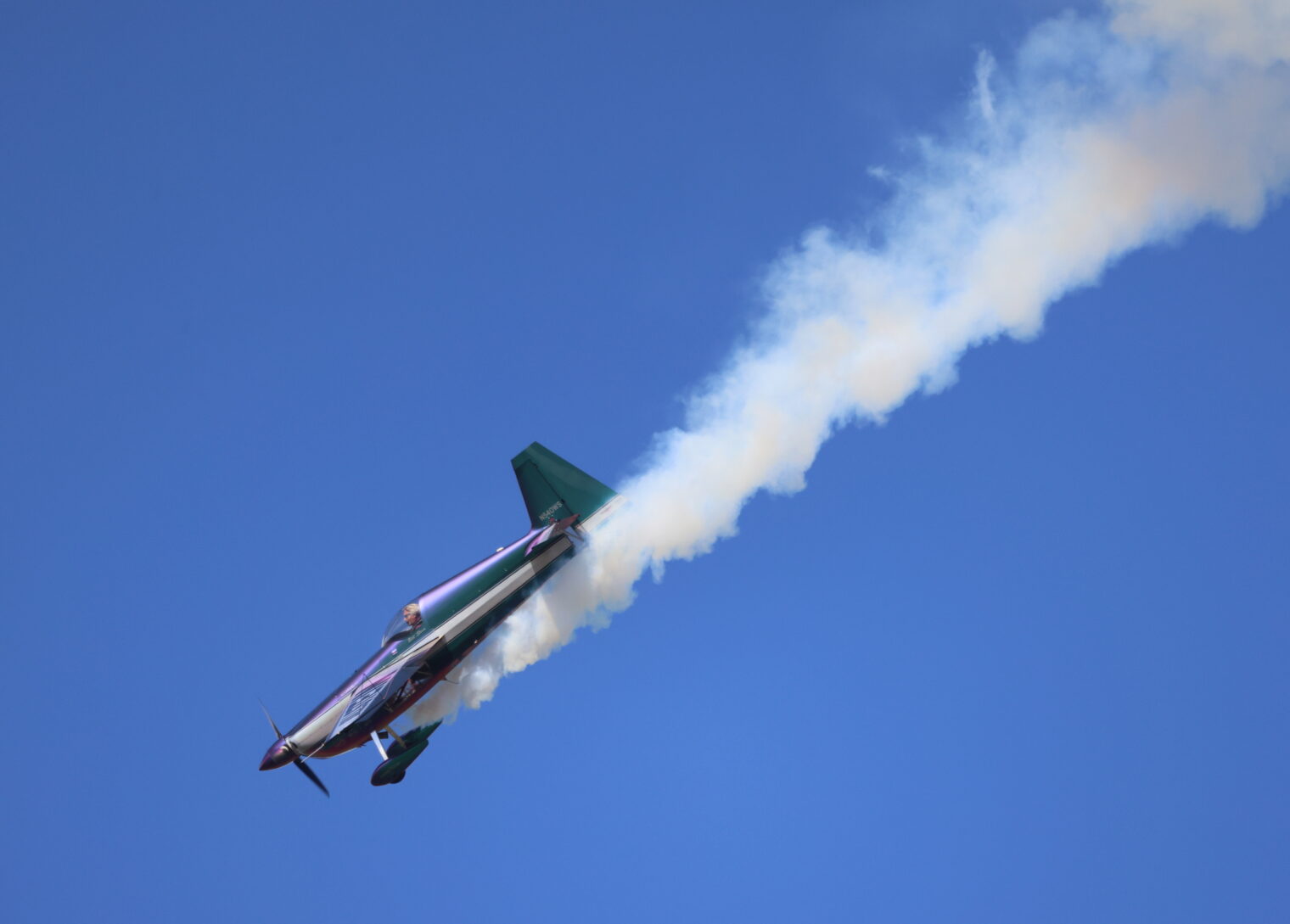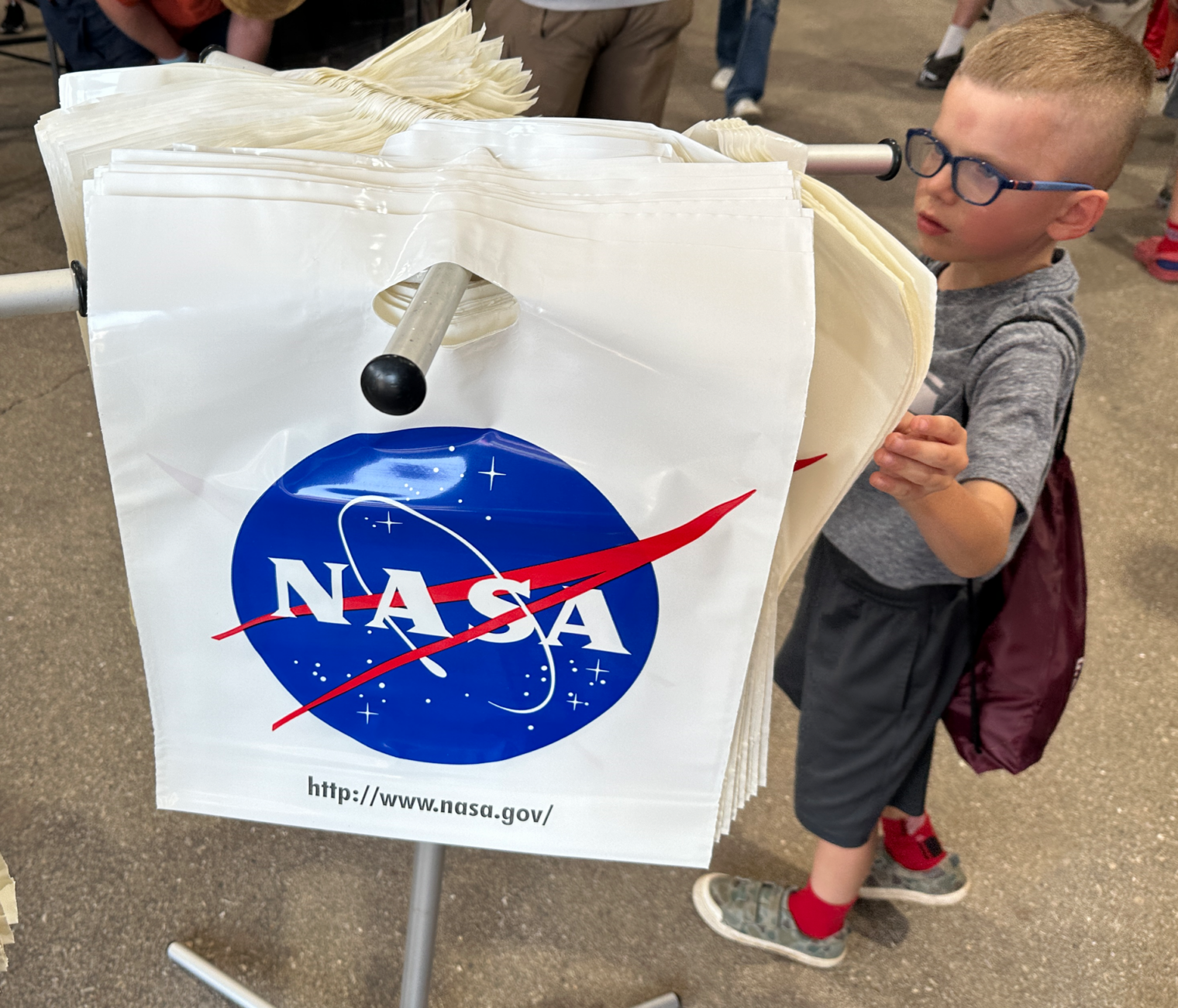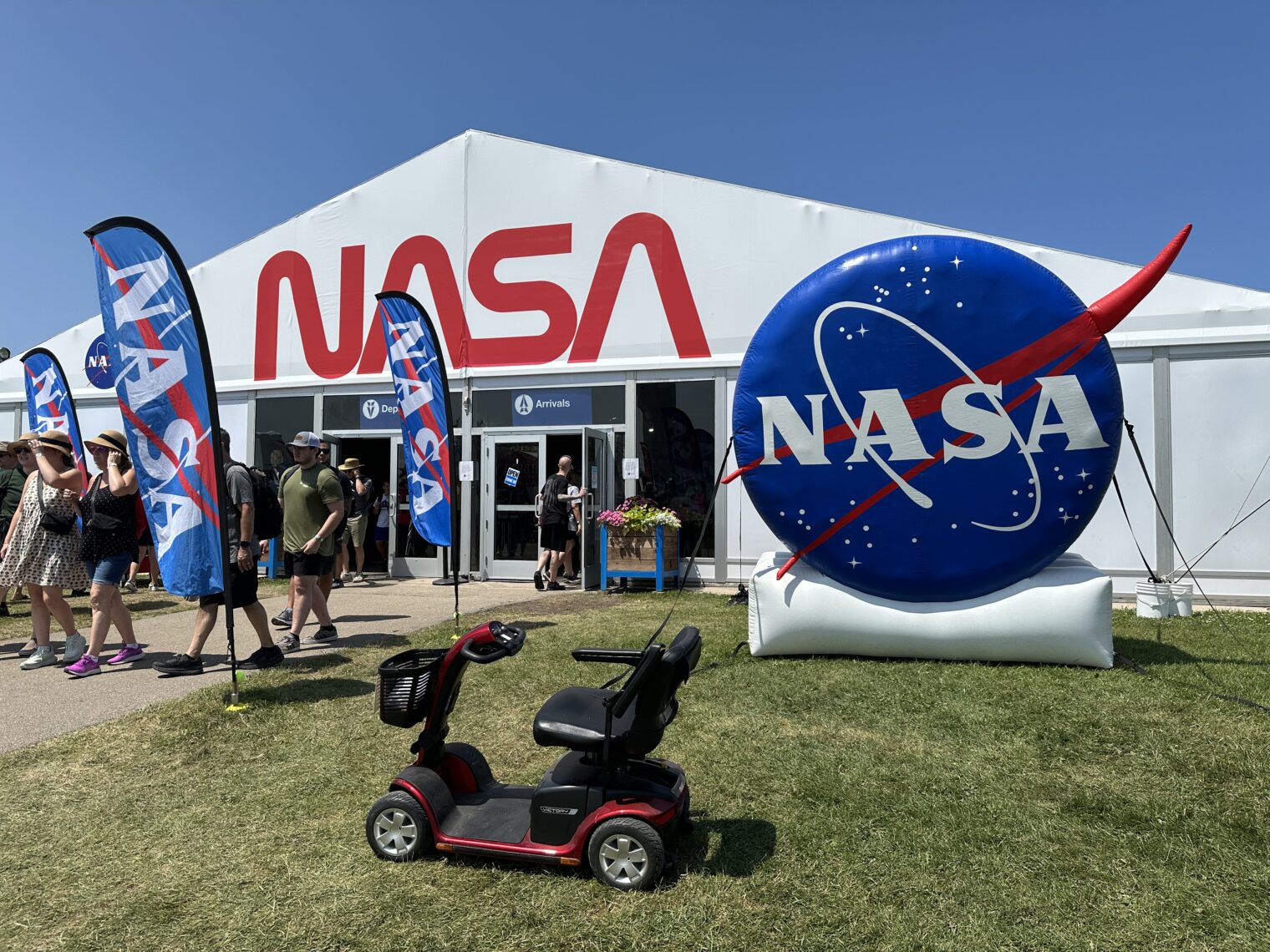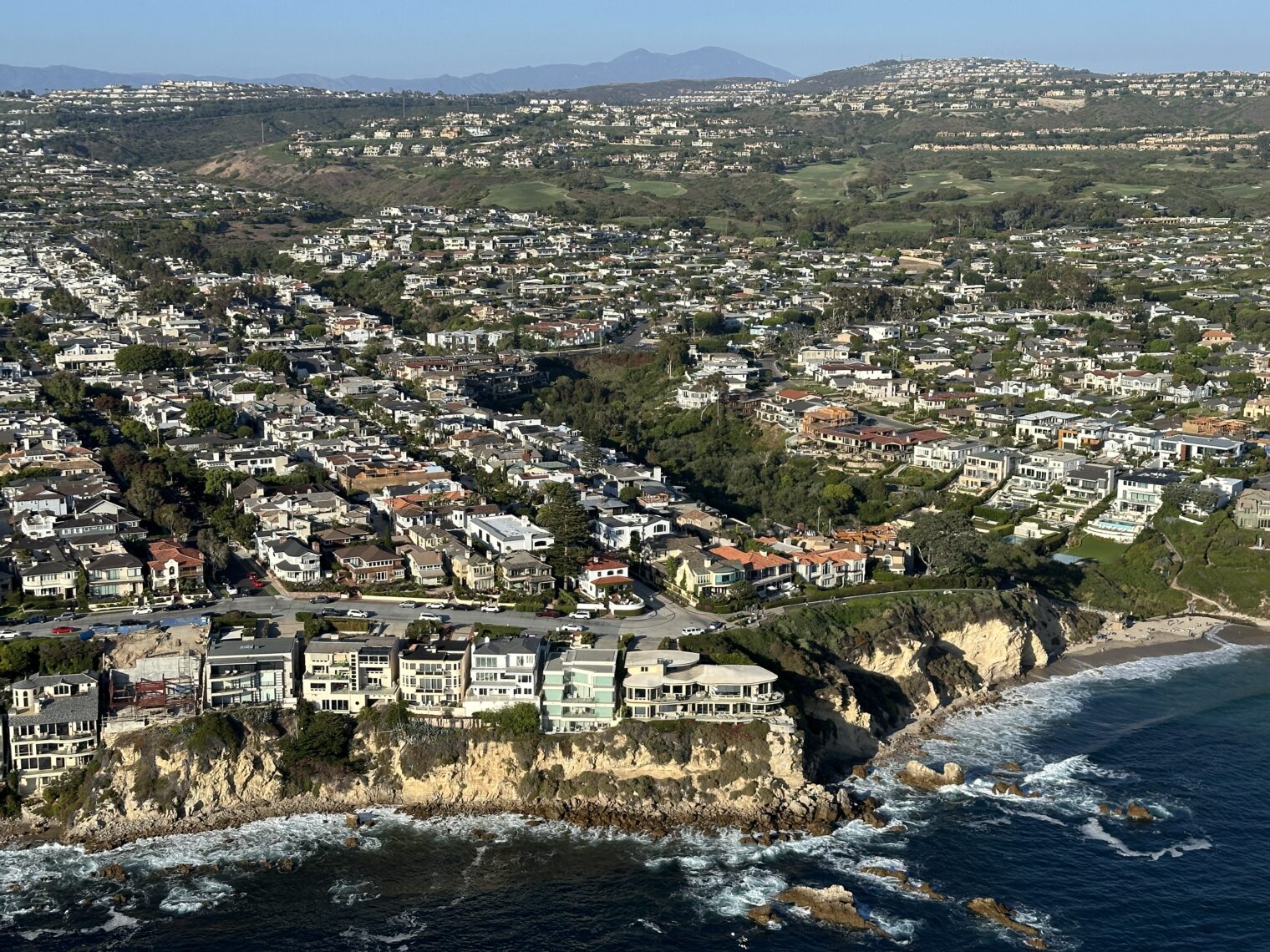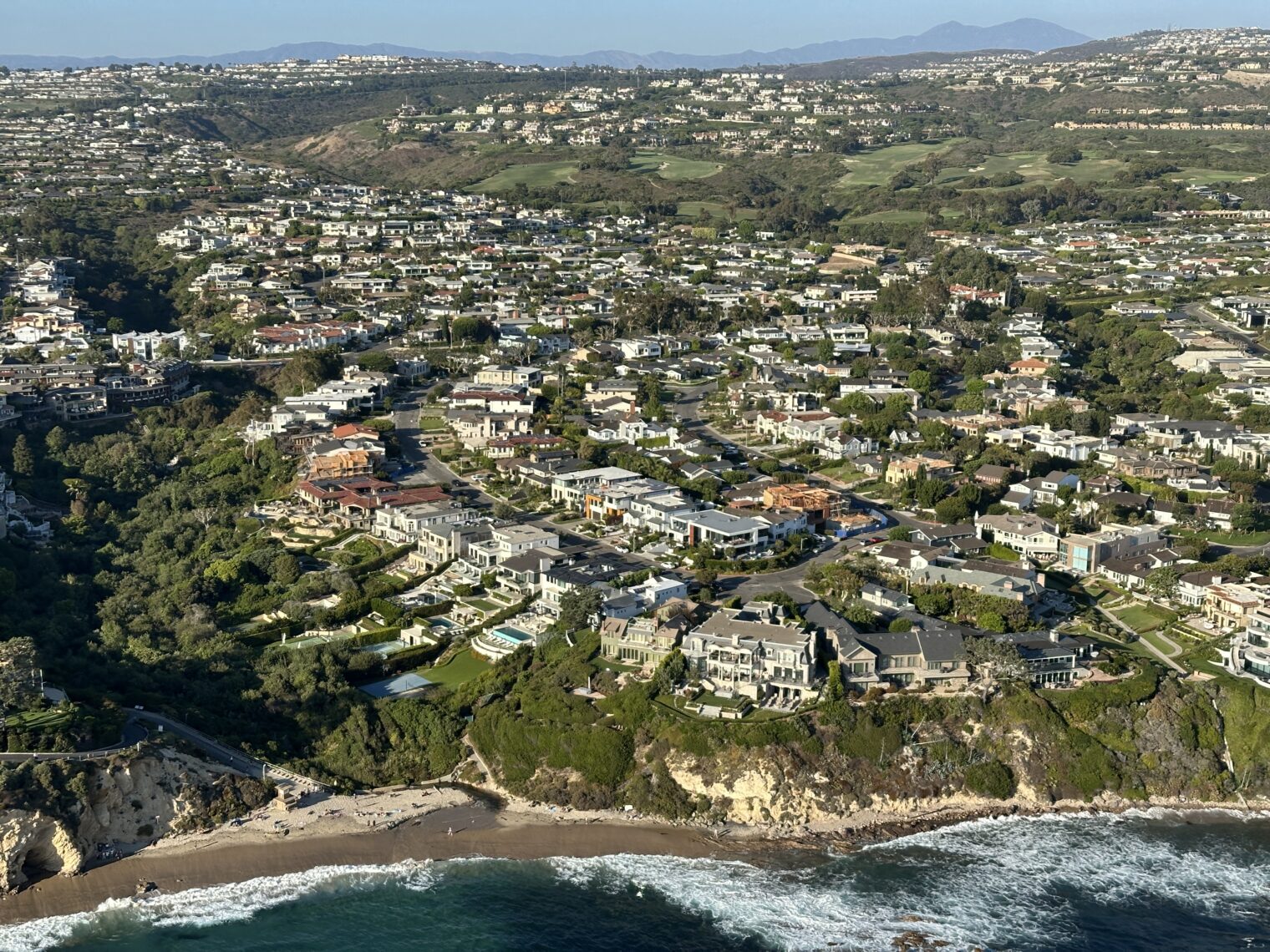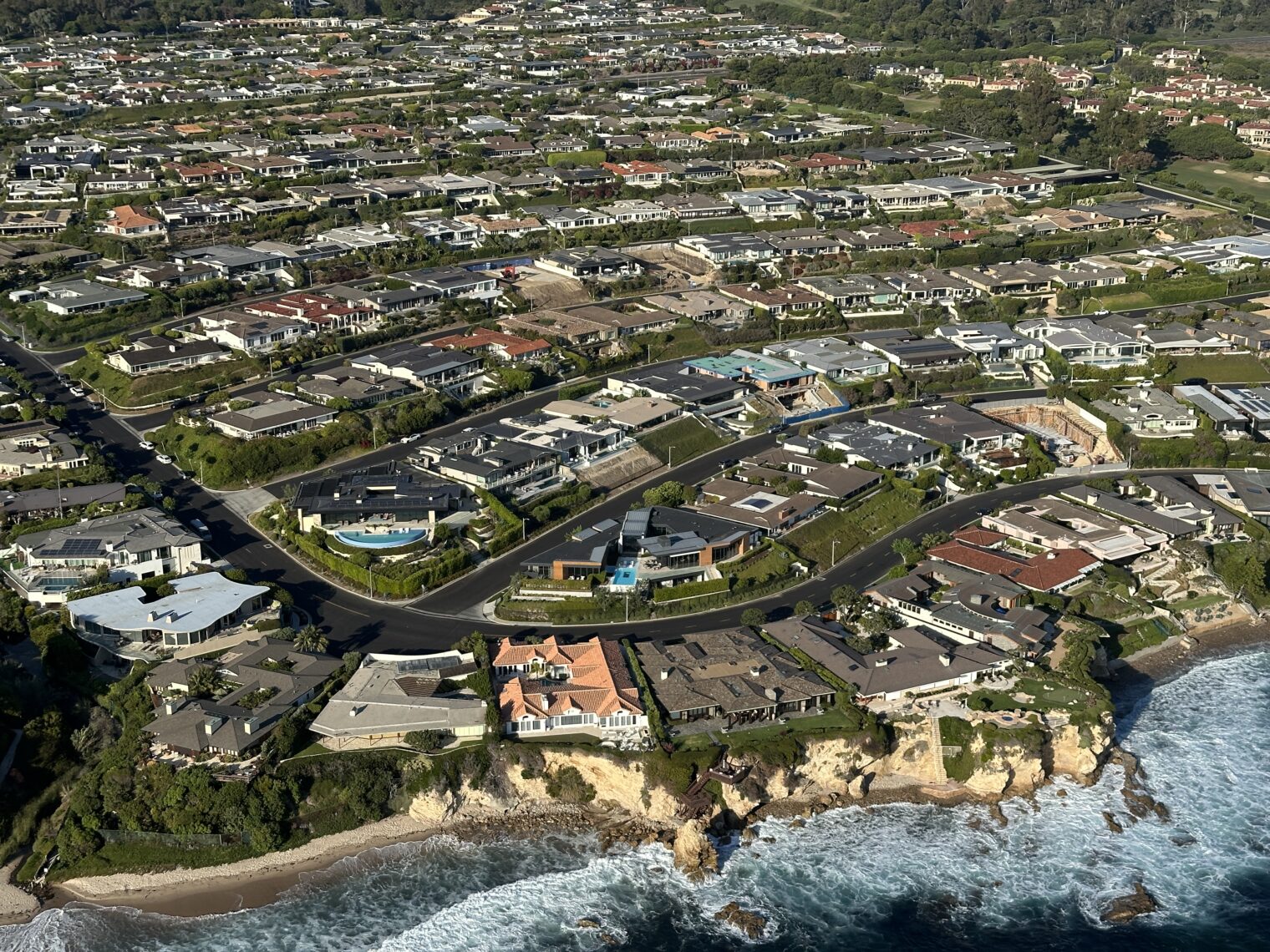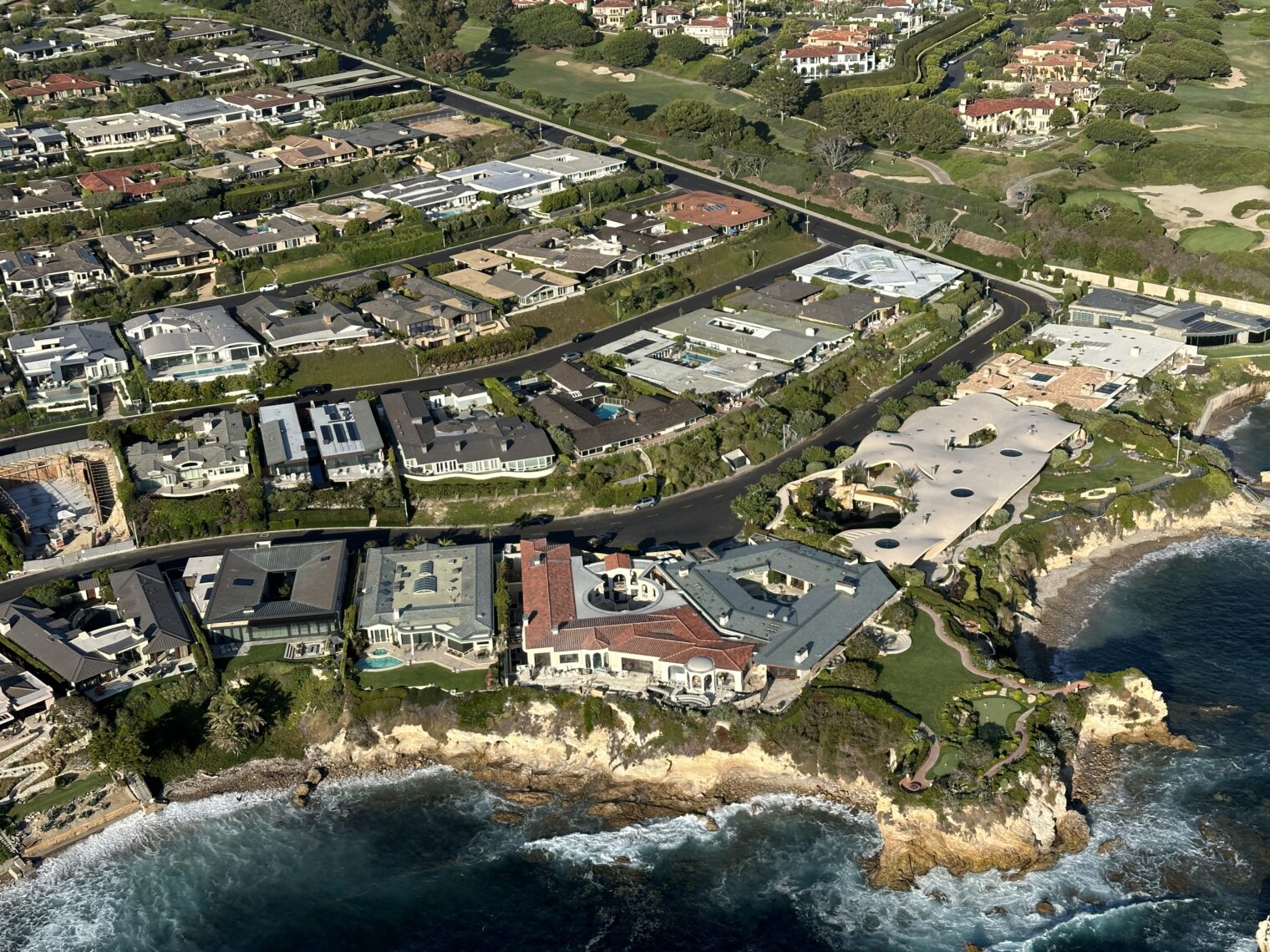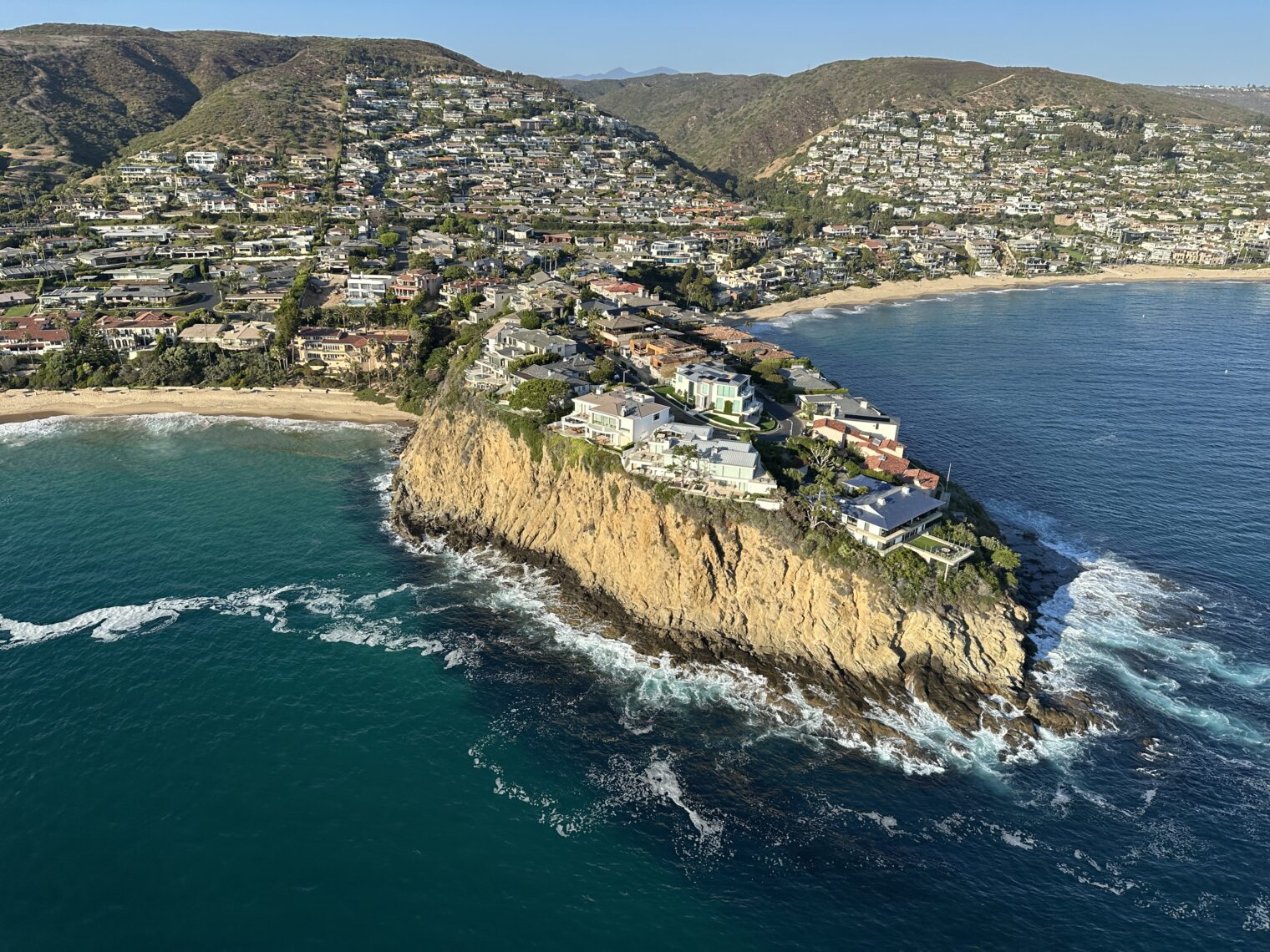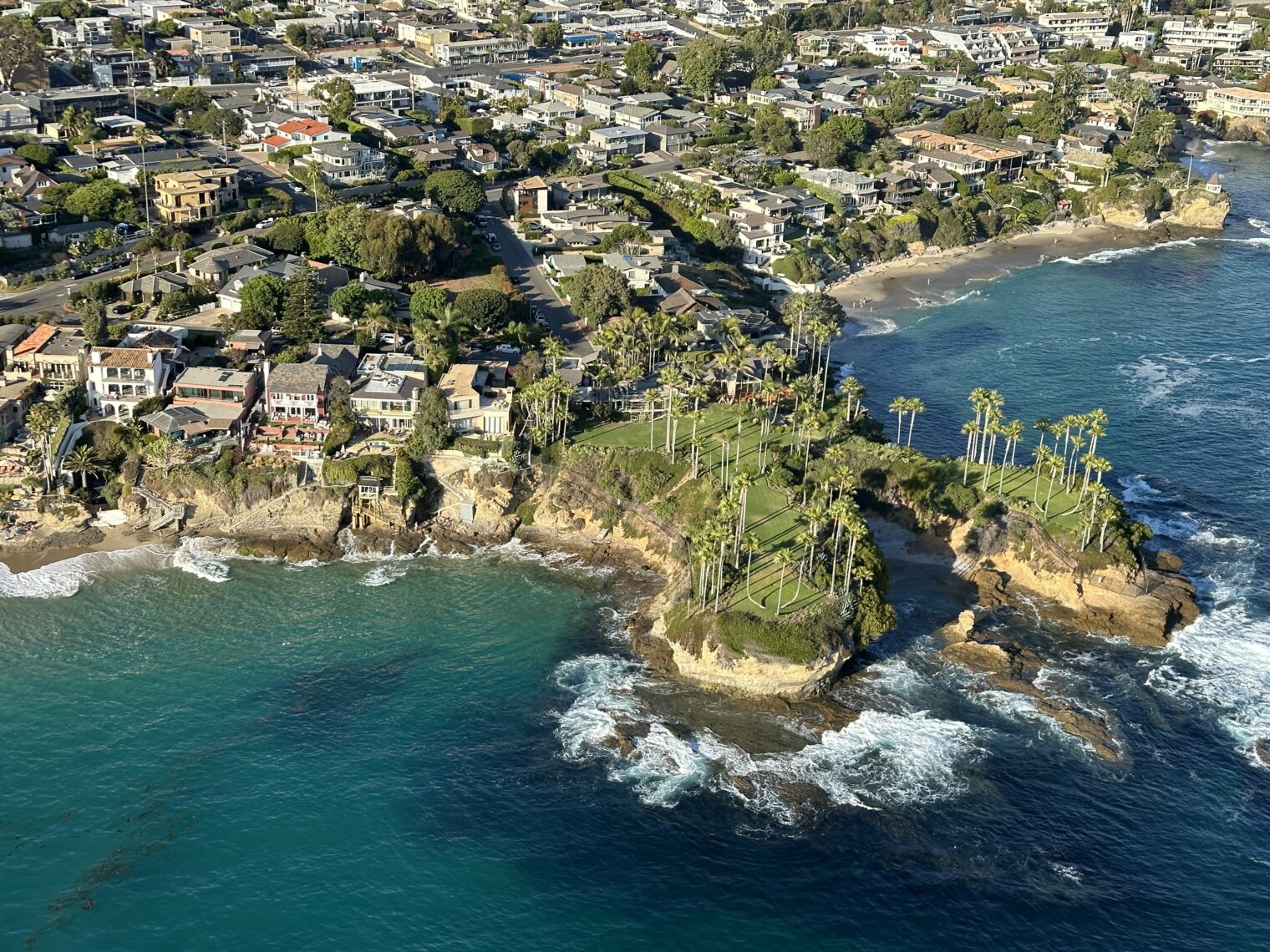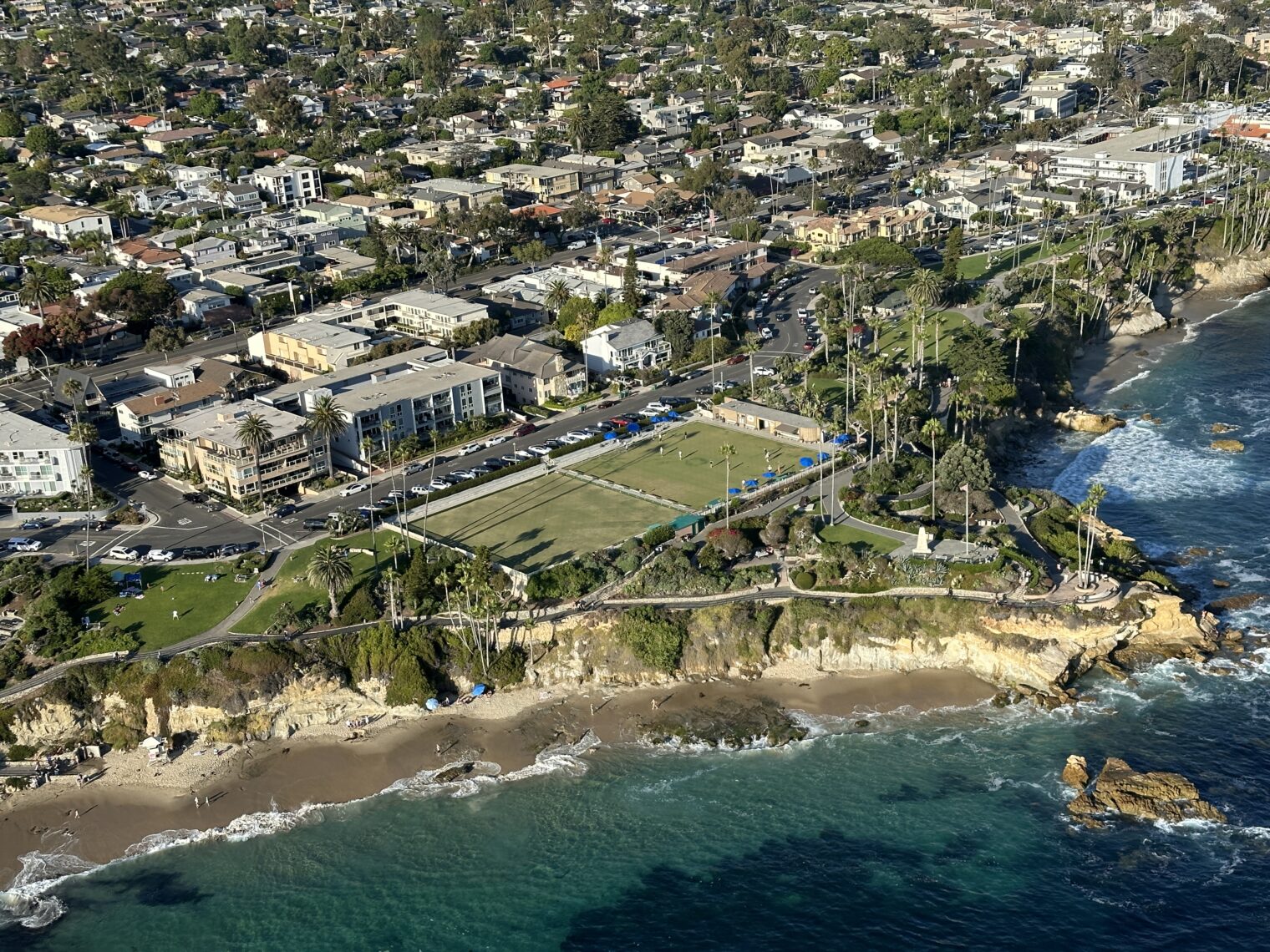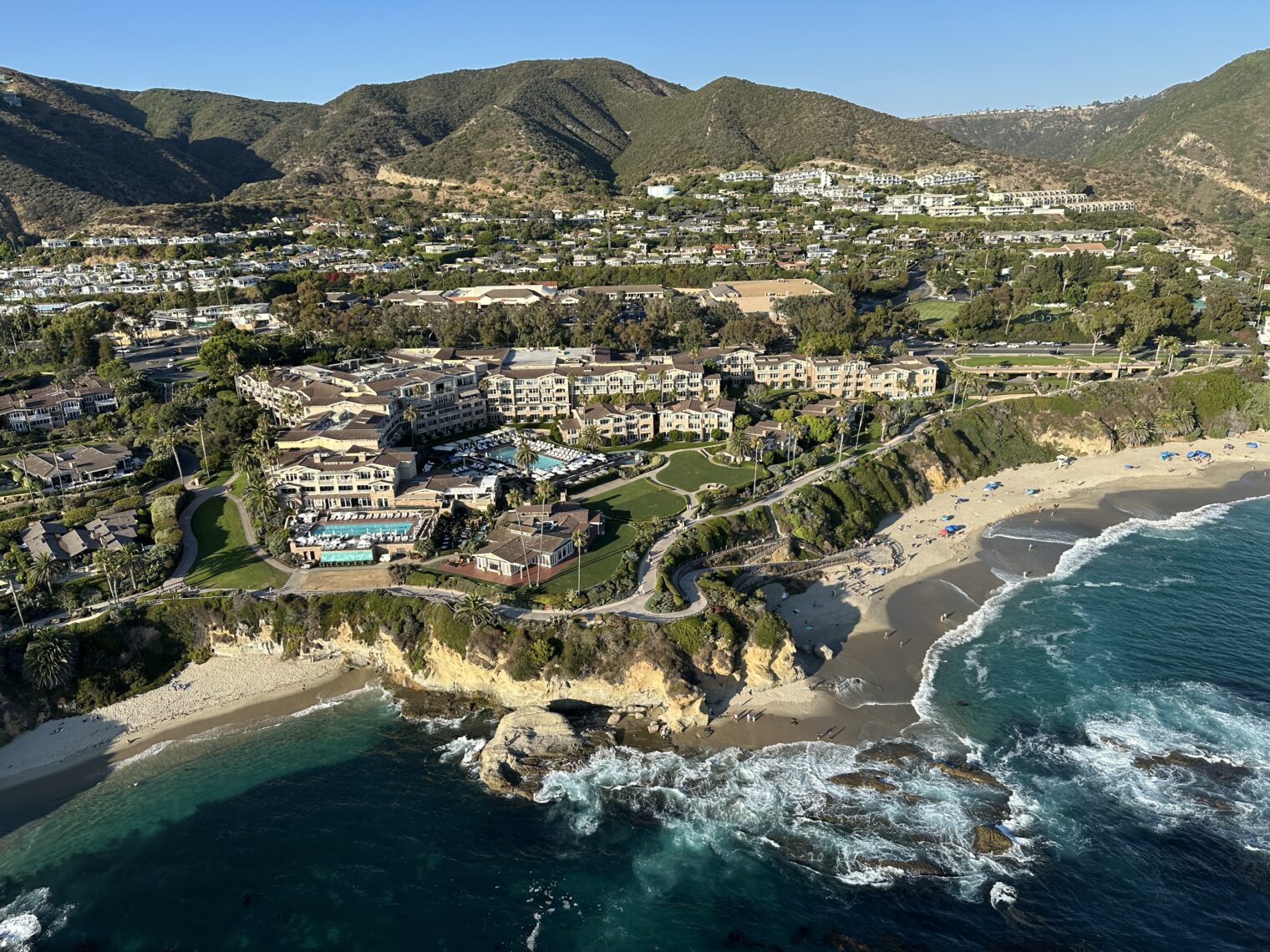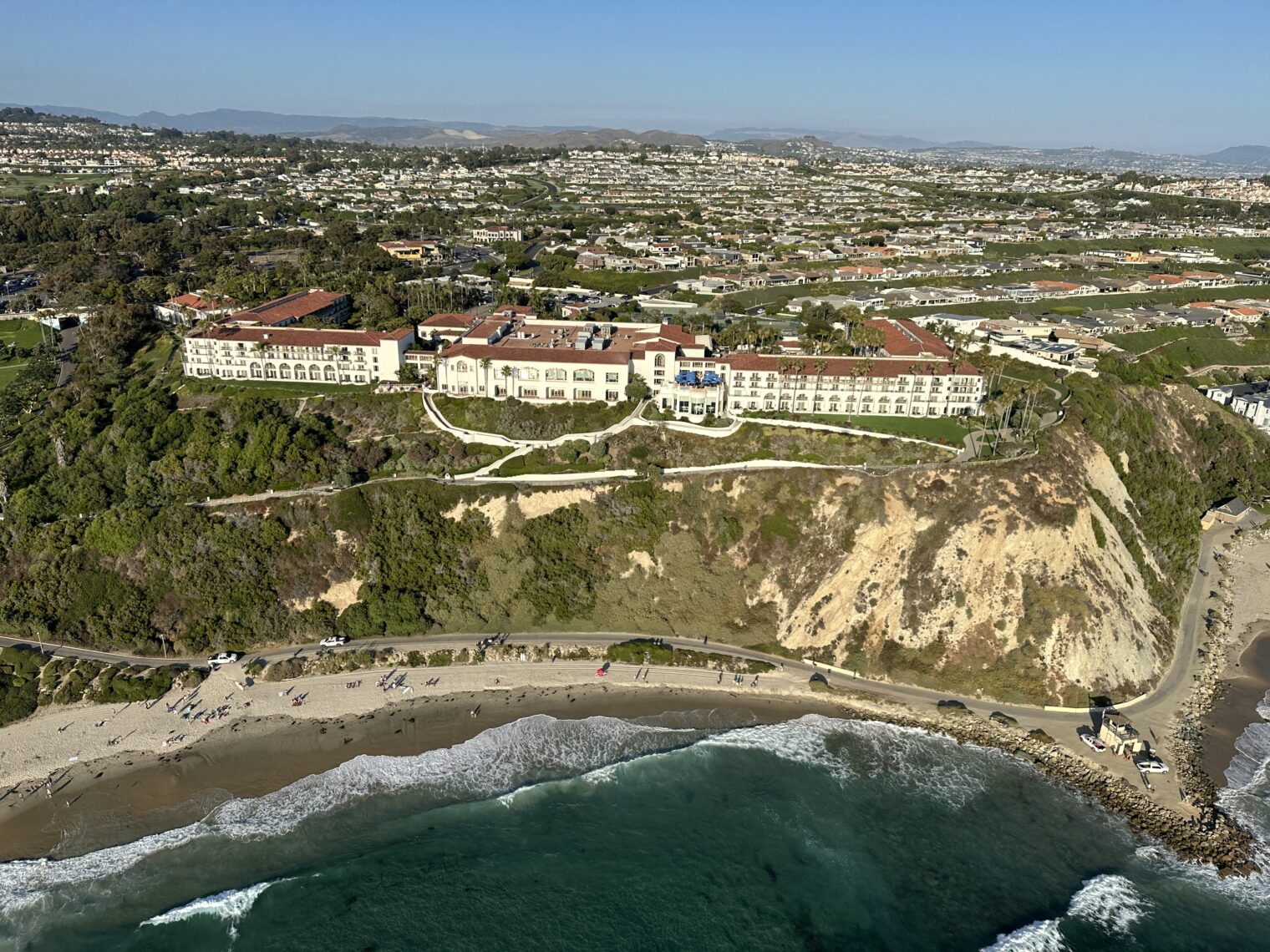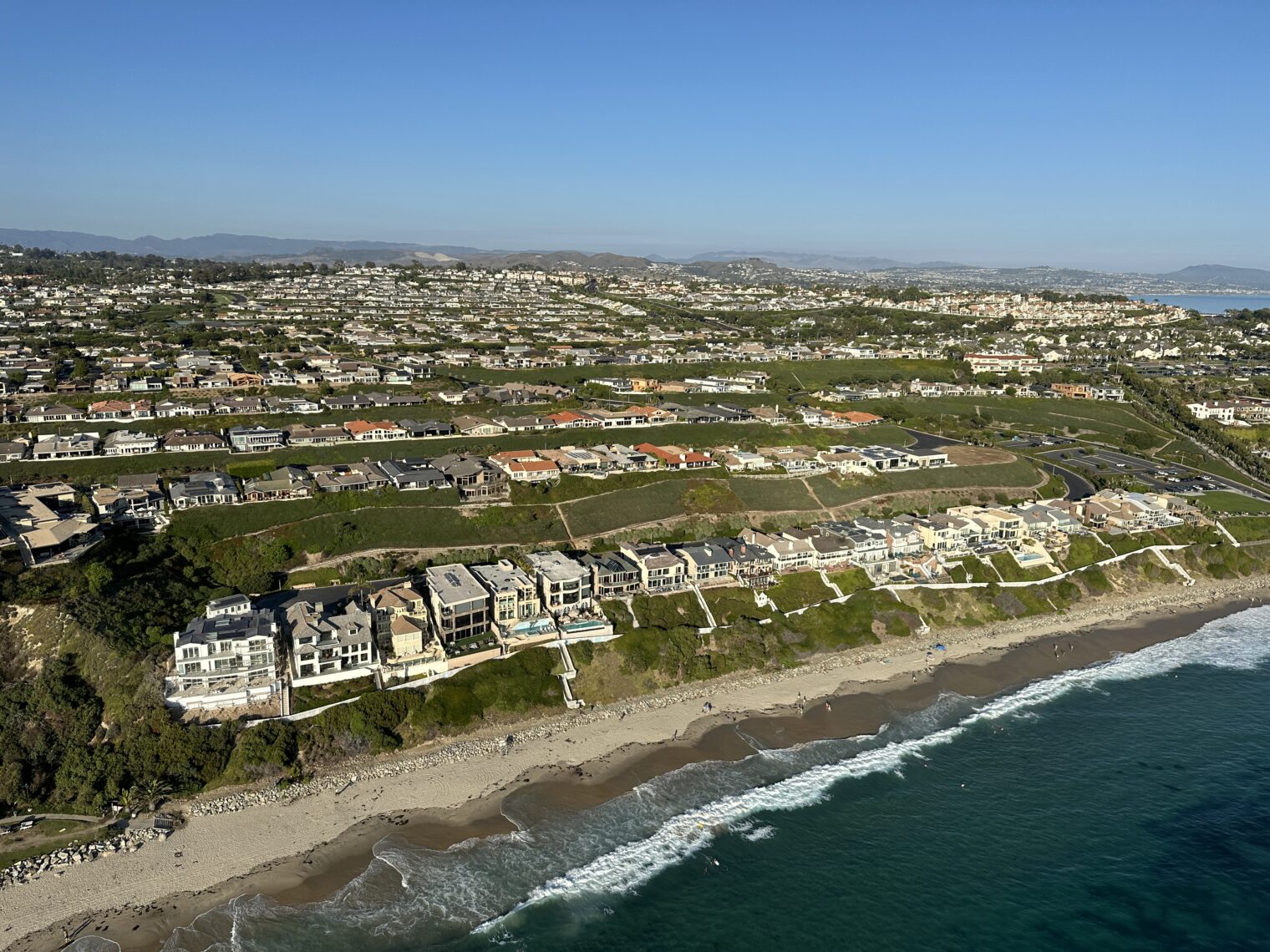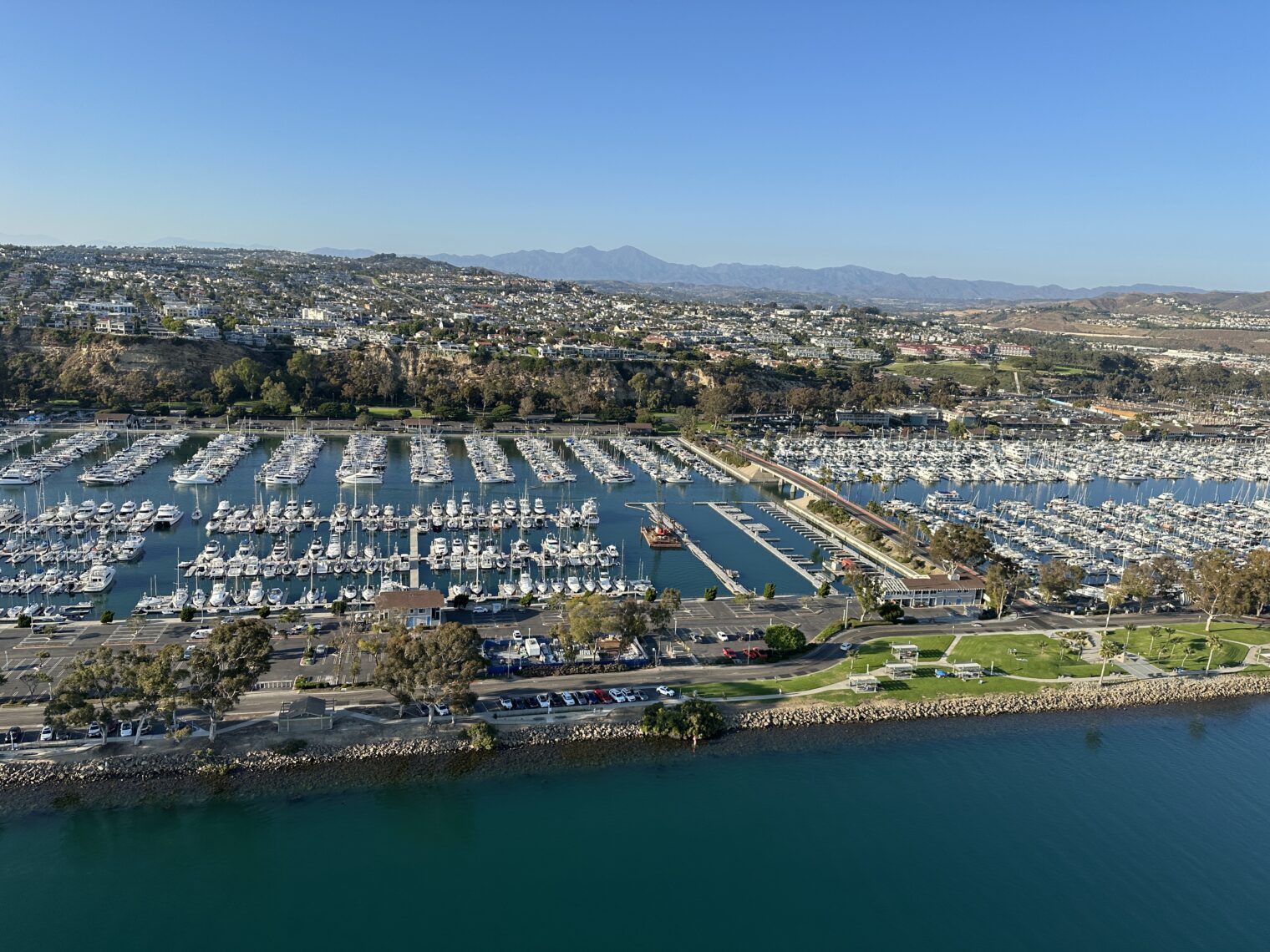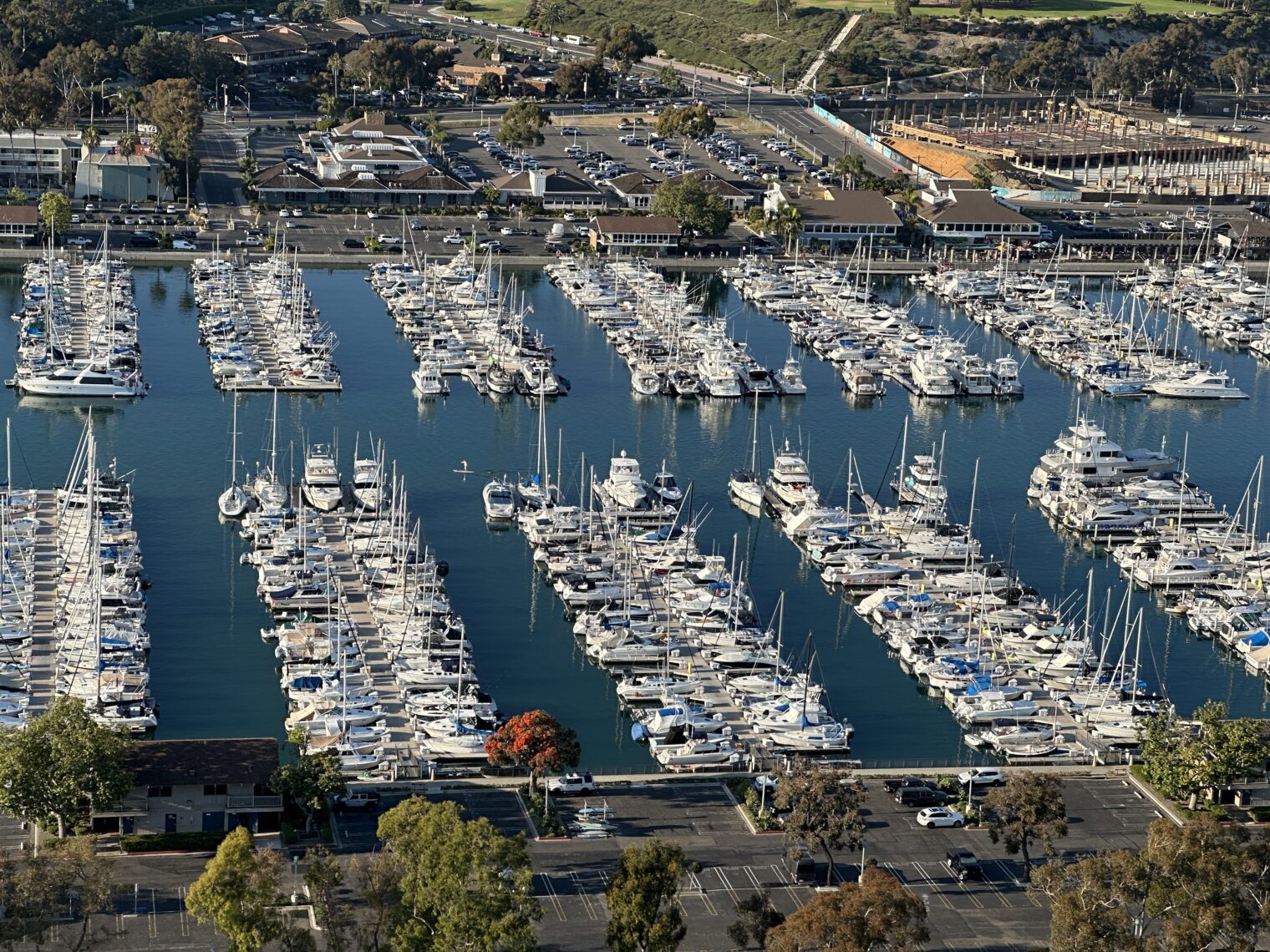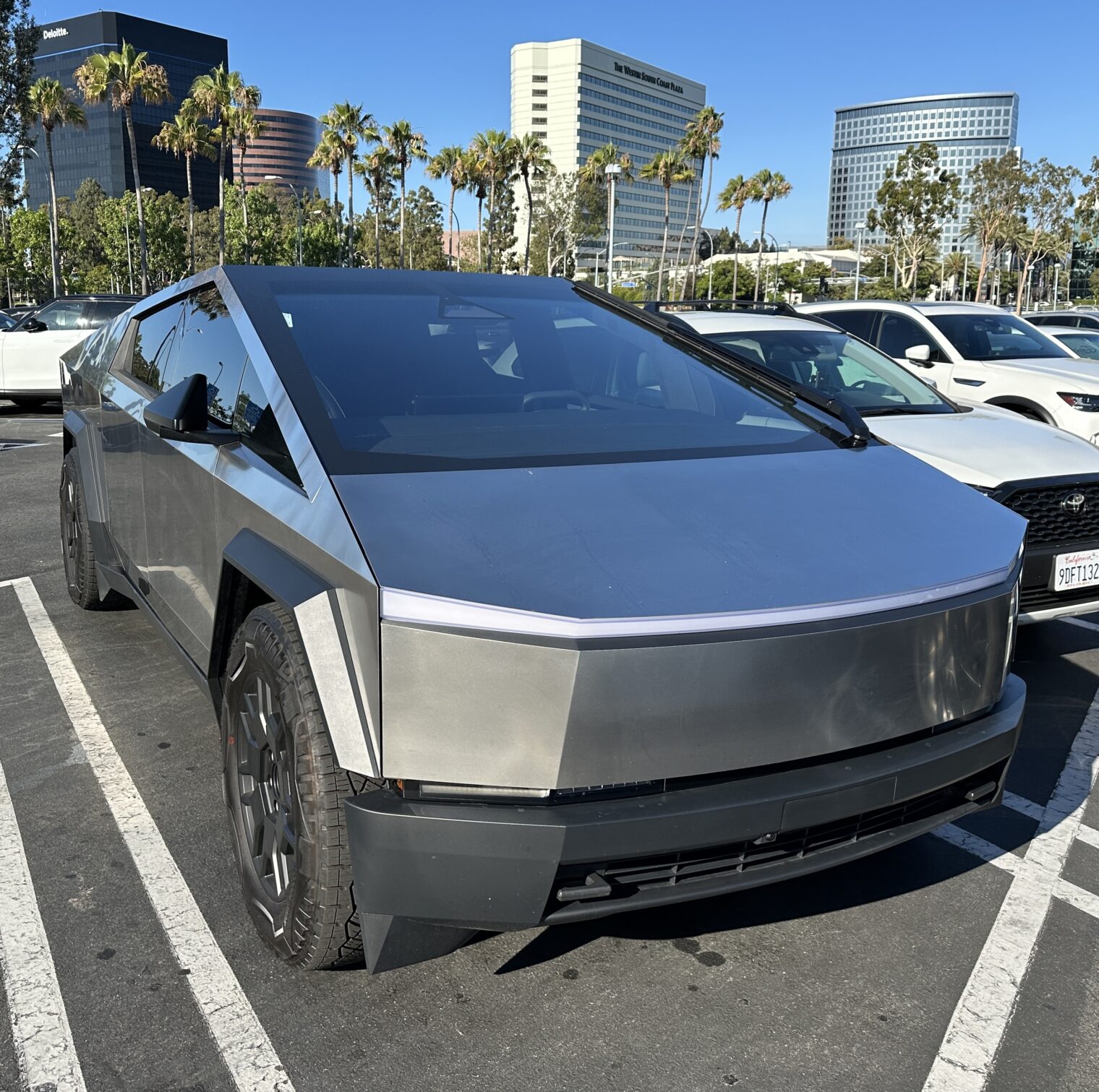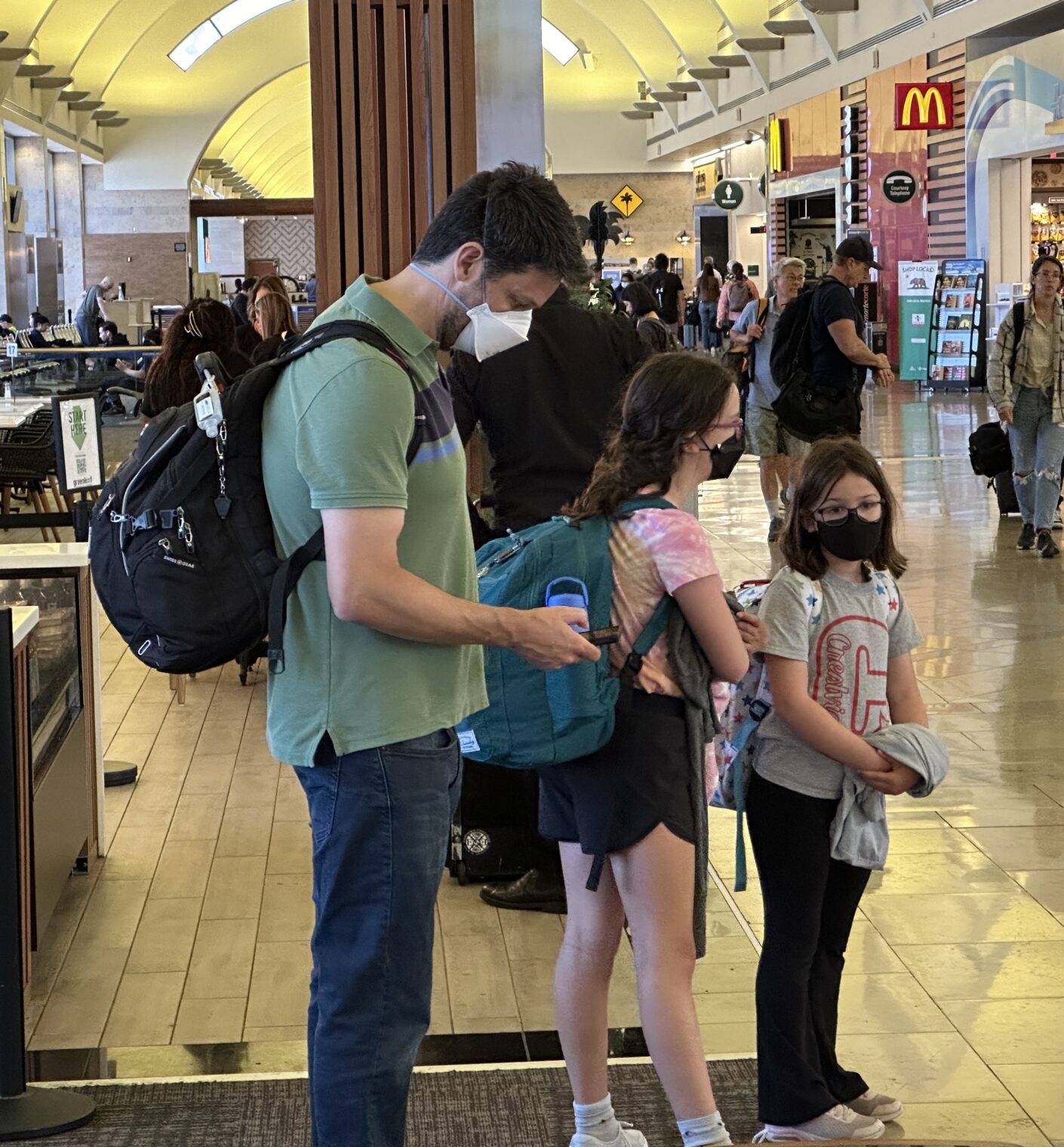A visit to the U.S. Air Force Academy
I made it to the USAF Academy in Colorado Springs last month. It’s home to just over 4,000 students, hardly any of whom learn to fly while there. The school has about 20 Cirrus SR2x piston-powered aircraft and some gliders. This fleet enables the typical cadet to take between 4 and 14 flights during the four-year program. The good news is that the academy has its own airport: KAFF. The bad news from the chart is a 4500′ runway 6576′ above sea level. A Cirrus SR20 with two average American guys on board and two hours of fuel would be lucky to clear a crush-proof cigarette package after a 4500′ ground roll in the summer (note that the big airport there has a 13,500′ lighted runway (“L 135”).
They’re building a new visitor center, but it isn’t ready yet. The old visitor center is named for Barry Goldwater, best known for losing the 1964 Presidential election to Lyndon Johnson. Goldwater was also, however, a pilot for the U.S. in World War II and, as a senator, promoted the idea of the Air Force Academy for the then-new standalone branch of the military, from which he retired as a Reserves Major General. (af.mil bio)
(Just for fun, let’s compare Goldwater’s politics to today’s United States. Goldwater wanted people of different skin colors to be treated equally; today’s Air Force Academy, like the U.S. Naval Academy, has a race-based admissions system (NYT). Goldwater objected to Eisenhower’s $72 billion budget for being too large; today’s federal budget is approximately $7 trillion per year, 100X that objectionable number. Goldwater suggested, in a July 2, 1967 NYT opinion piece (below), that Israel keep all of the land it had conquered in the six days of fighting in June 1967; half of Americans today are marching with the Queers for Palestine. Goldwater’s name will be expunged from the new visitor center in favor of a former academy director’s.)
The visitor center contains a somber reminder that sometimes the enemy wins or training flights don’t go as planned. Each white rectangle below represents a graduate whose life was lost while serving in the Air Force:
Bizarrely, in a world where my friends’ kids can’t get in anywhere, only about half of the cadets were in the top 10 percent of their high school class:
The Academy discriminates against those who are married and those who are over 23 (both would be illegal for a private college? certainly for an employer, right?):
Cadets are protected from streaming and other distractions by not being able to own any distractions:
In the gift shop, Nike’s logo appears right next to one of America’s most savage weapons, the AC-130. Nike is fully committed to diversity, equity, and inclusion (nike.com) and also happy when diverse people are equitable massacred by 105mm shells and 25mm Gatling gun rounds from an unseen aerial foe.


The cadets had all gone home for the winter break (at least 3 weeks) and the famous chapel was being renovated, but the Academy offers a planetarium show to visitors and one can walk around statutes of various USAF greats.
Here’s Hap Arnold, who commanded the WWII predecessor to the USAF. He was a huge enthusiast for strategic bombing of Germany and Japan and is quoted in The Man from the Future: The Visionary Ideas of John von Neumann as saying that he wished he had vastly more destructive bombs to drop on the Germans and Japanese (which, of course, he eventually did get, partially thanks to von Neumann).


Gabby Gabreski, who fought in combat during both WWII and the Korean War, and Paul Jennings Weaver, who was killed in Iraq War I while flying an AC-130, are examples of commemorated men:

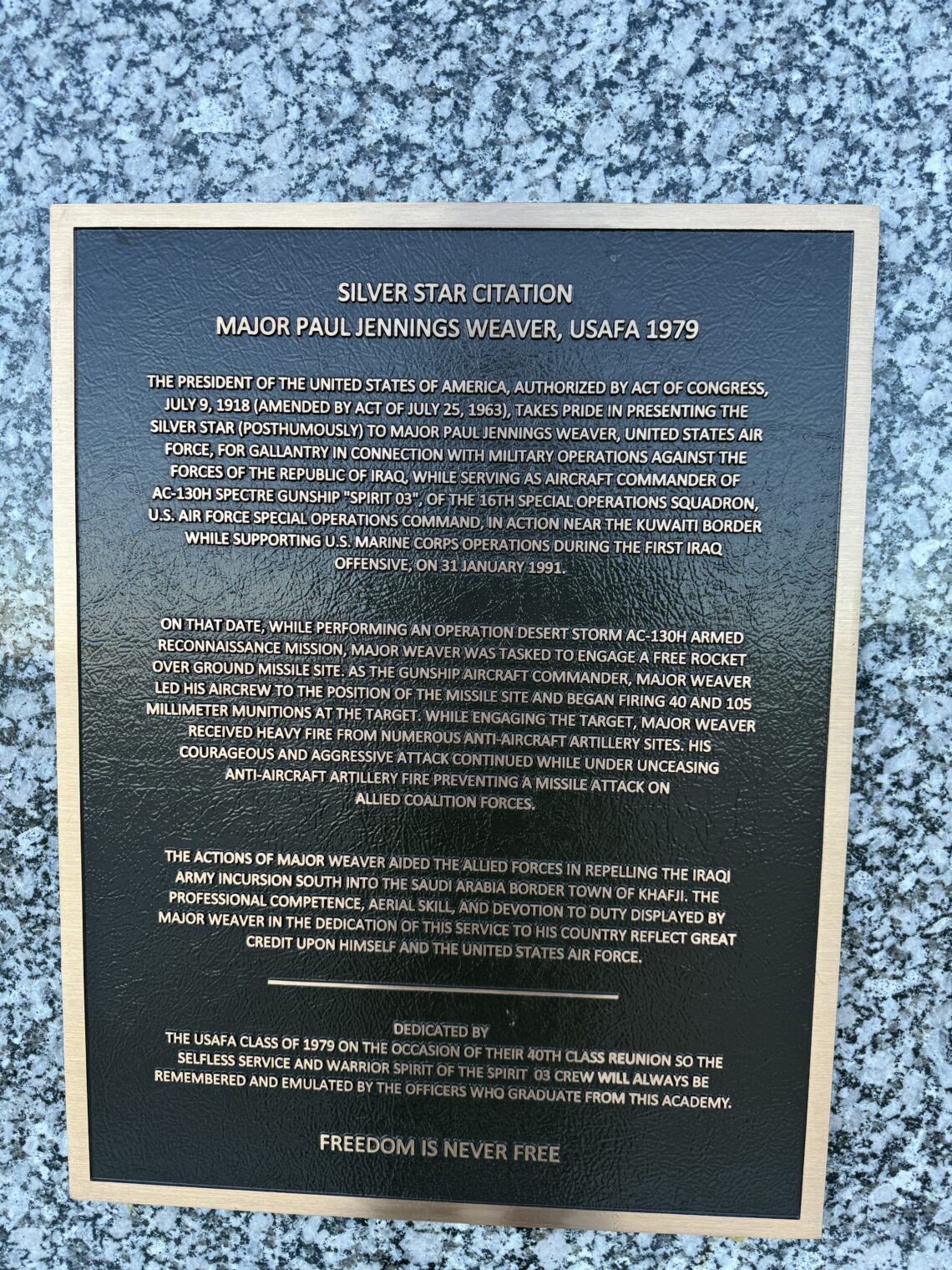
Women get an award for showing up and ferrying aircraft around the Continental U.S.
Kelly Johnson gets a sculpture (P-38 Lightning):
On the drive back toward Colorado Springs there is an overlook for the the Academy’s airport with some signs explaining the flying and parachuting programs:
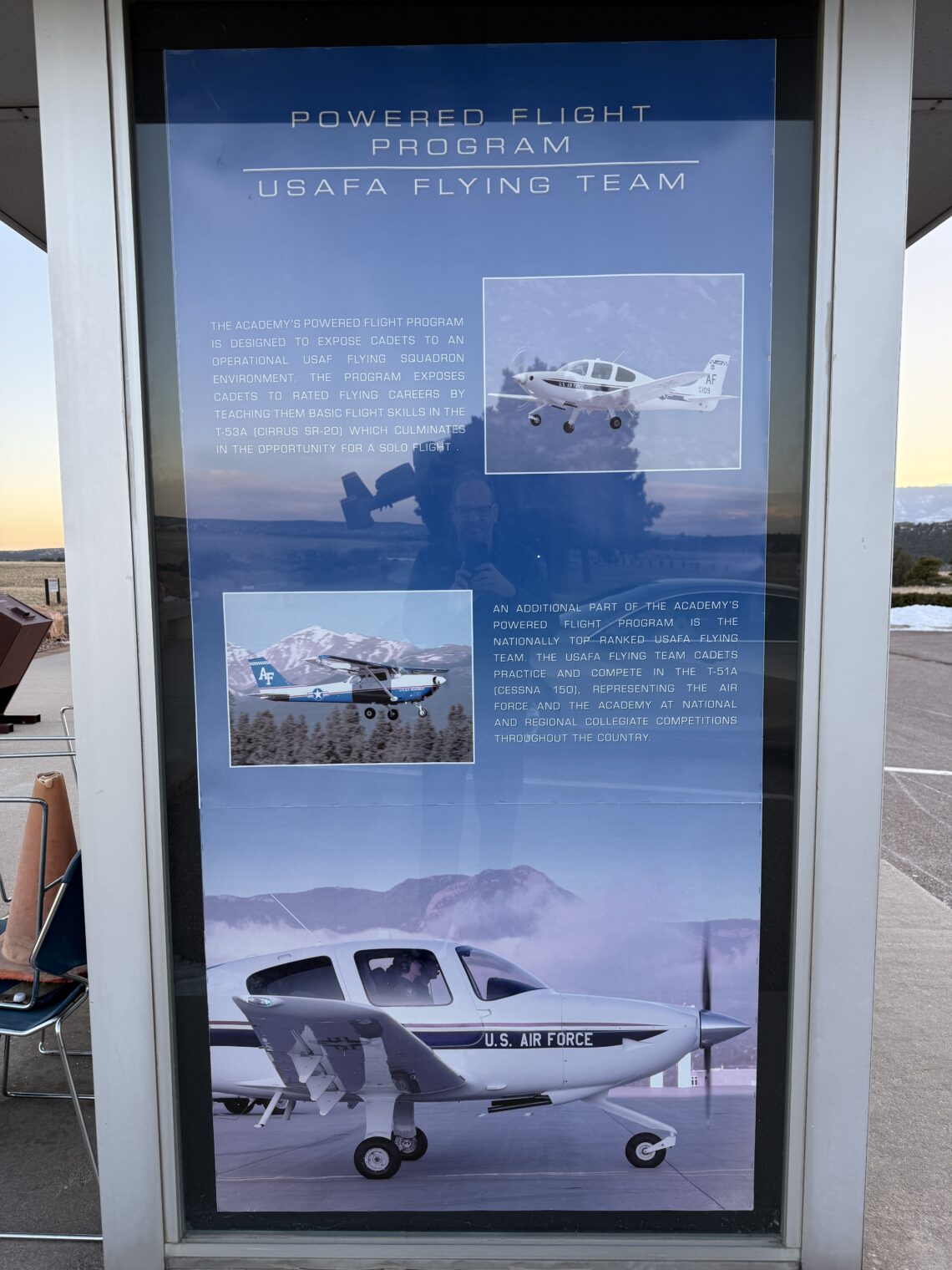
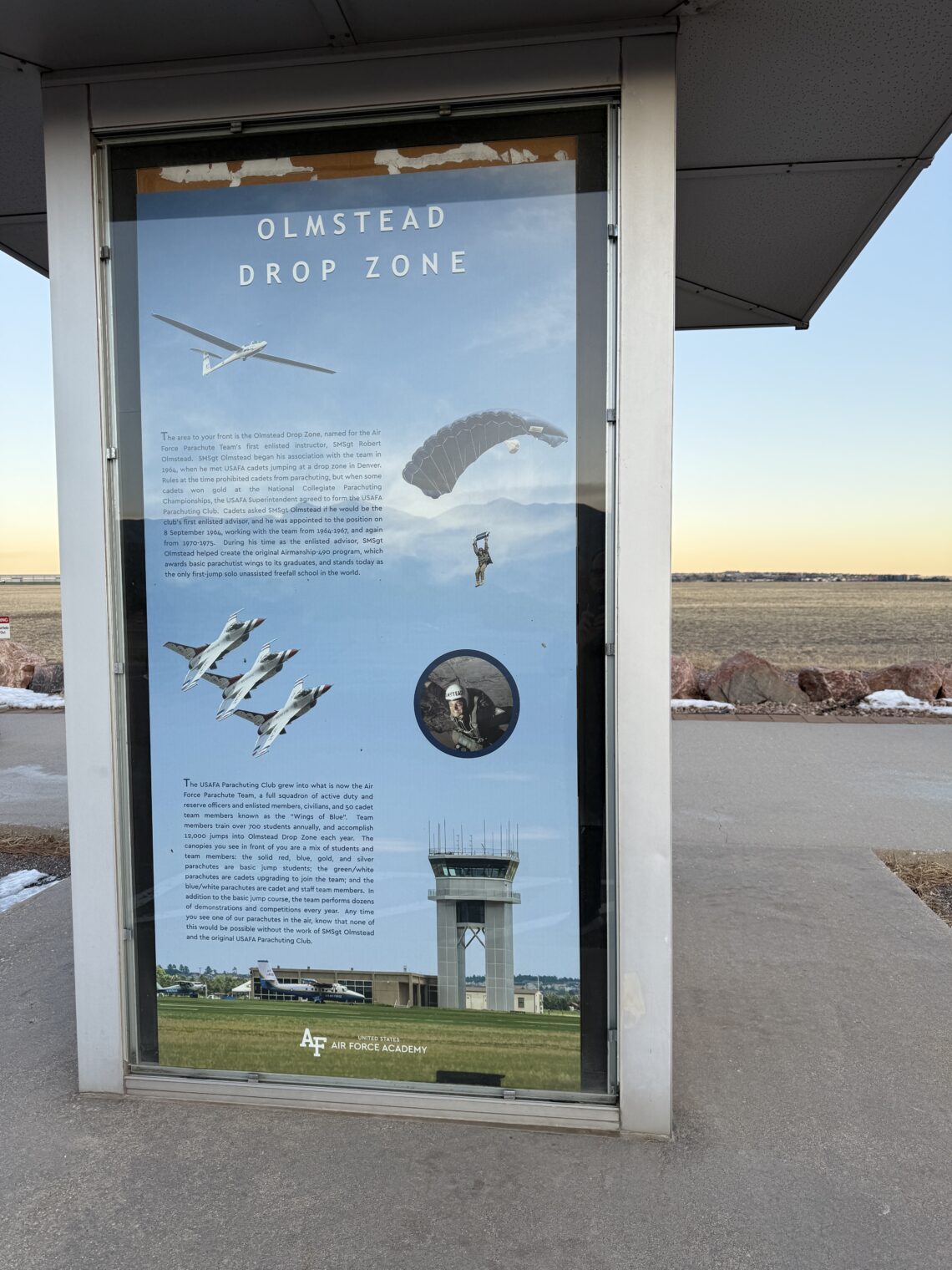
I will write more about my trip to Colorado…
Full post, including comments
